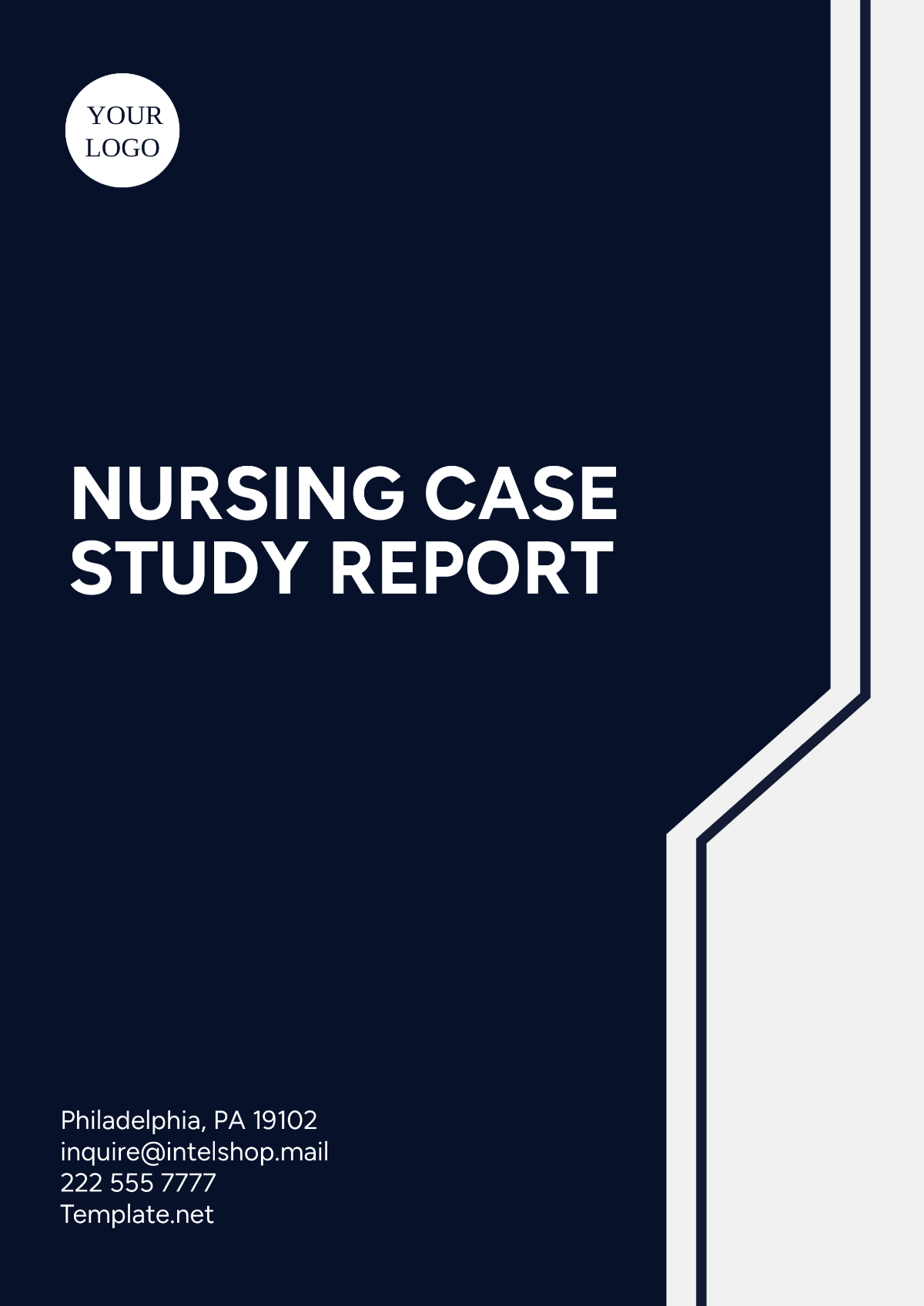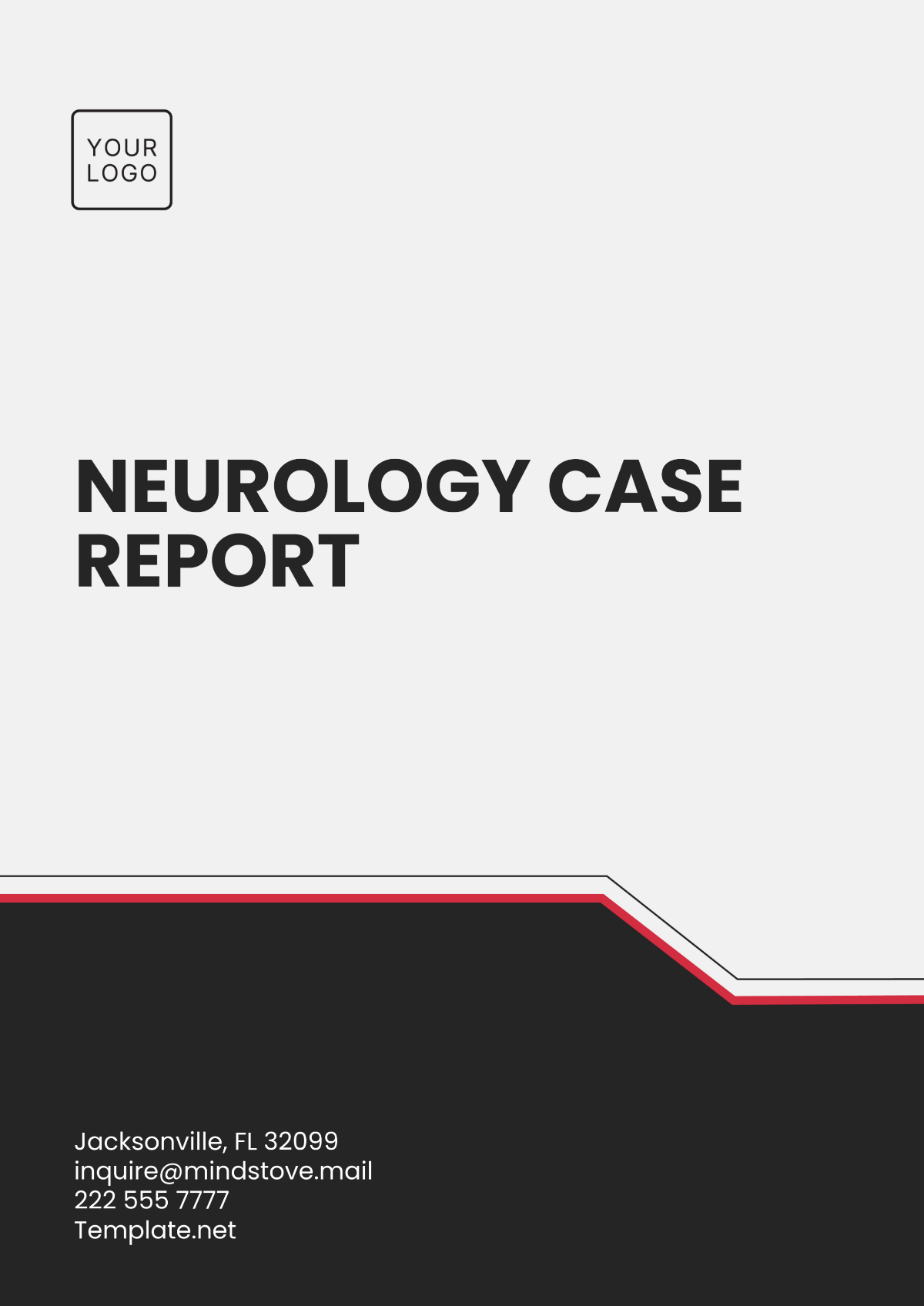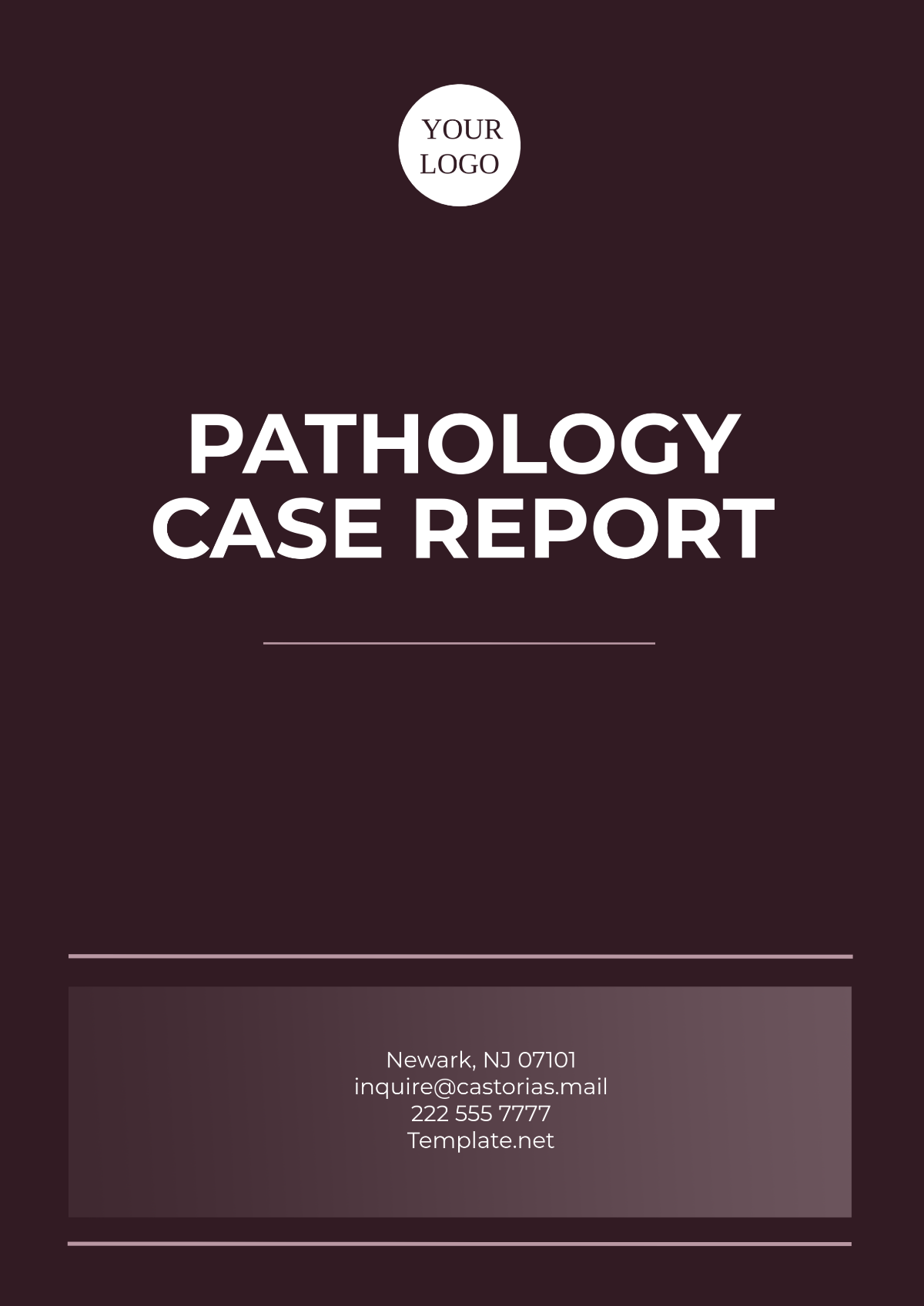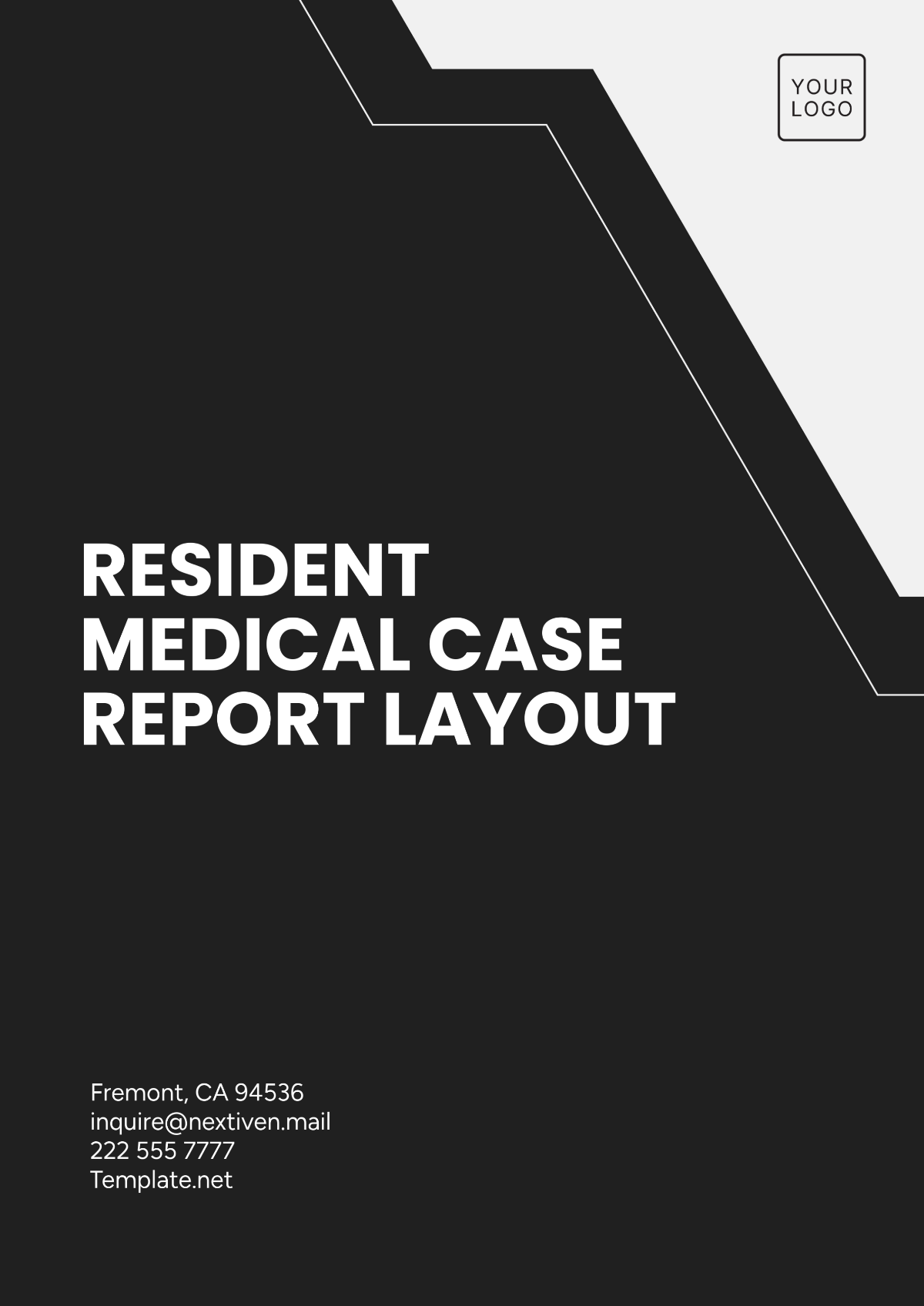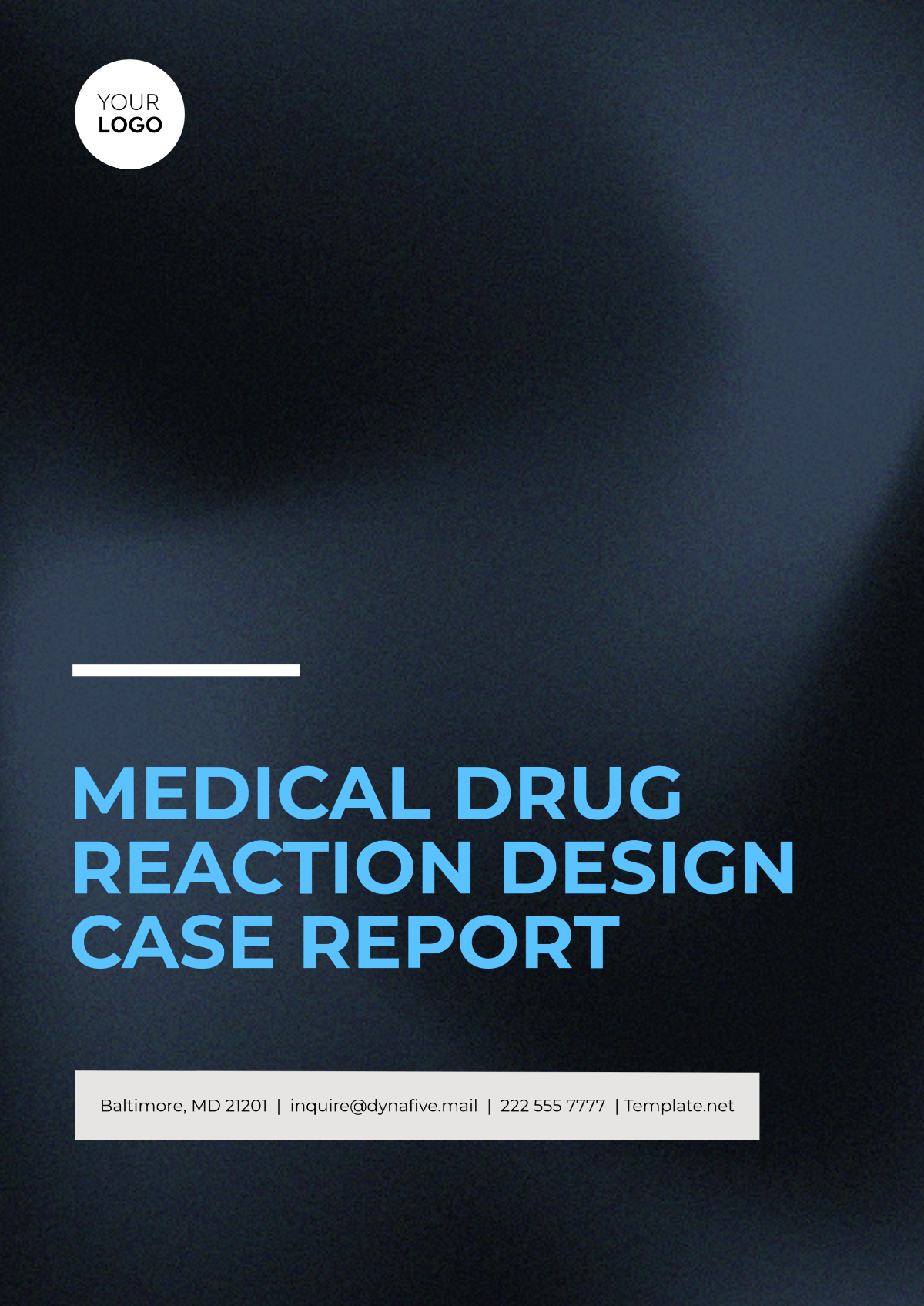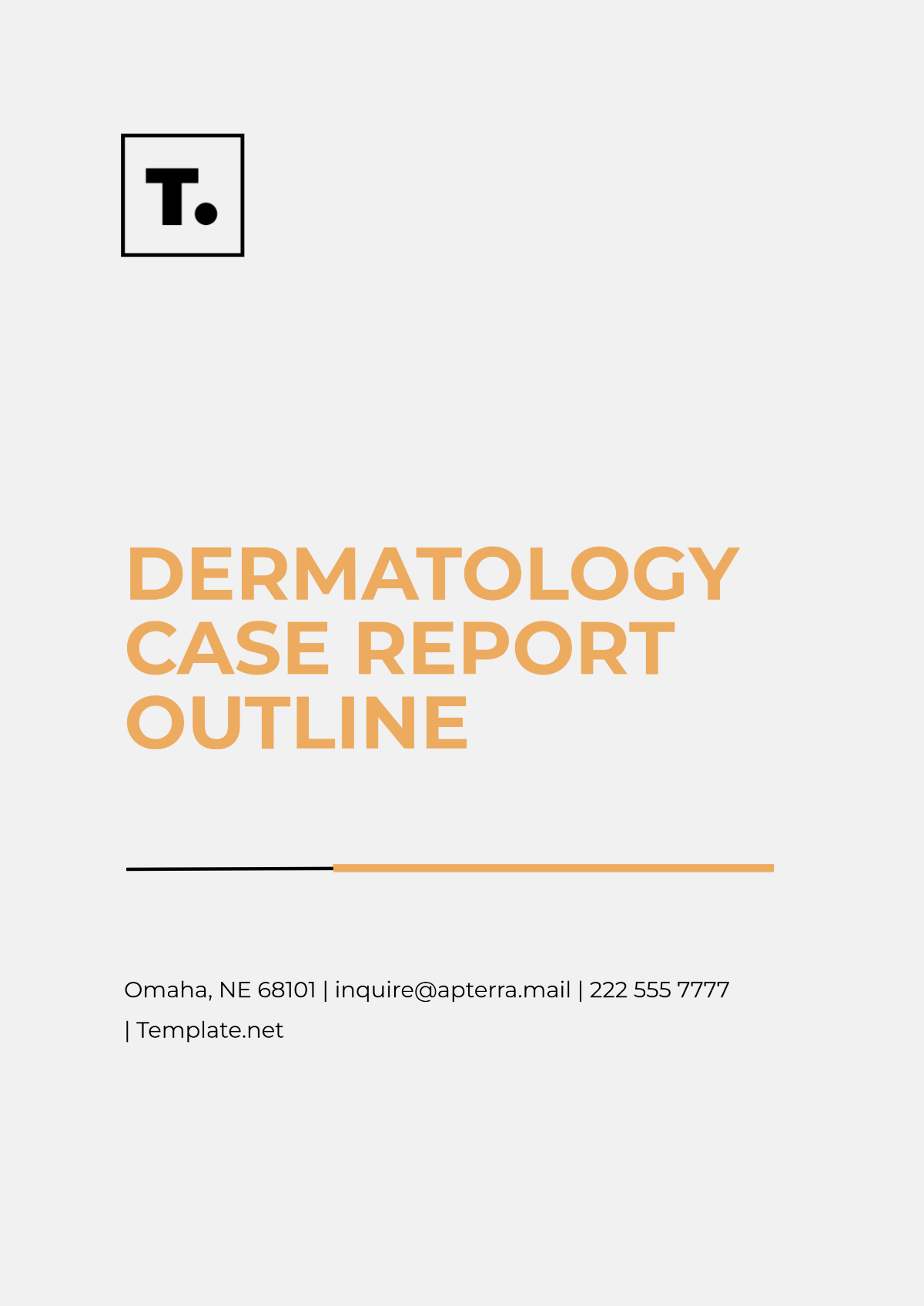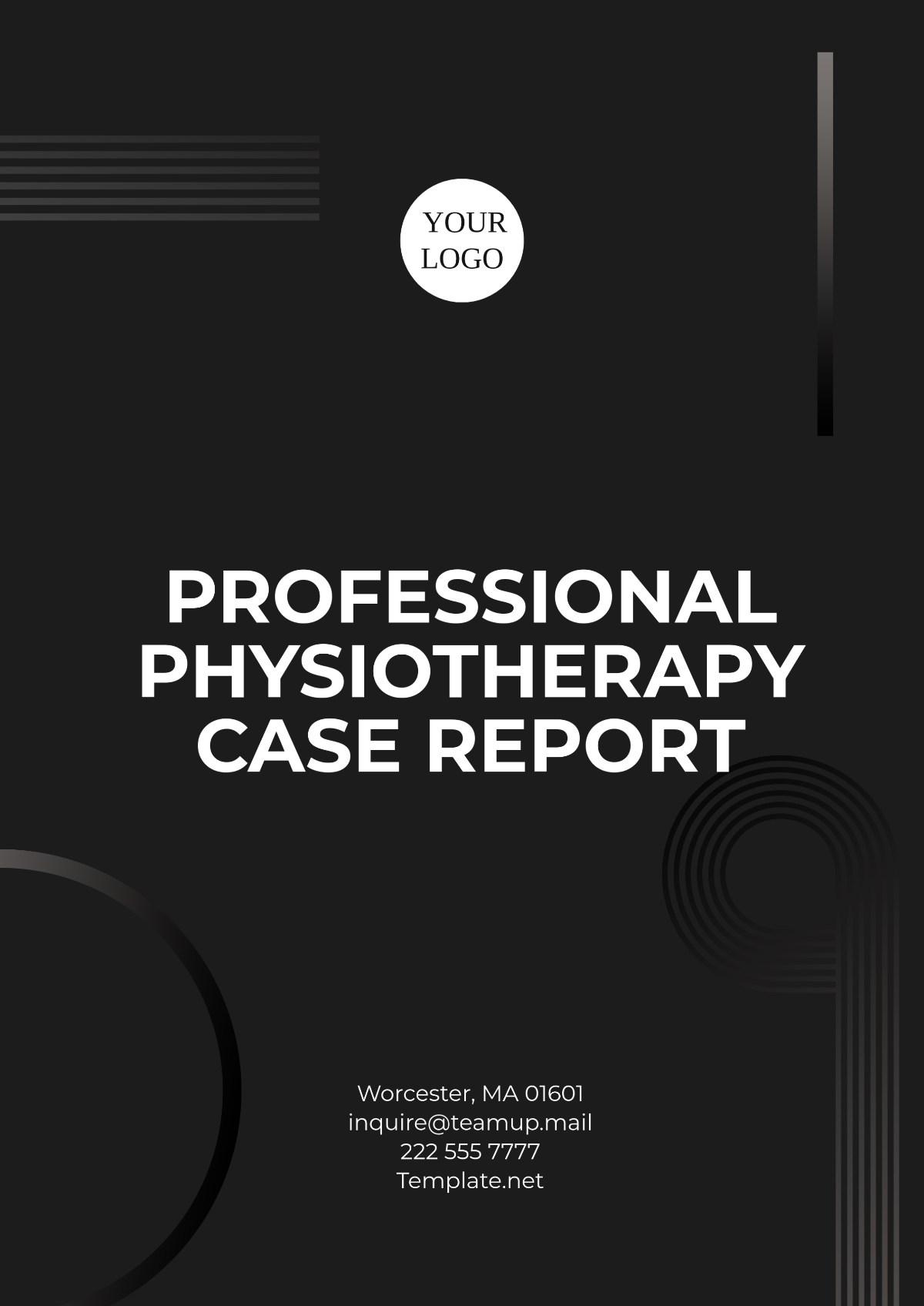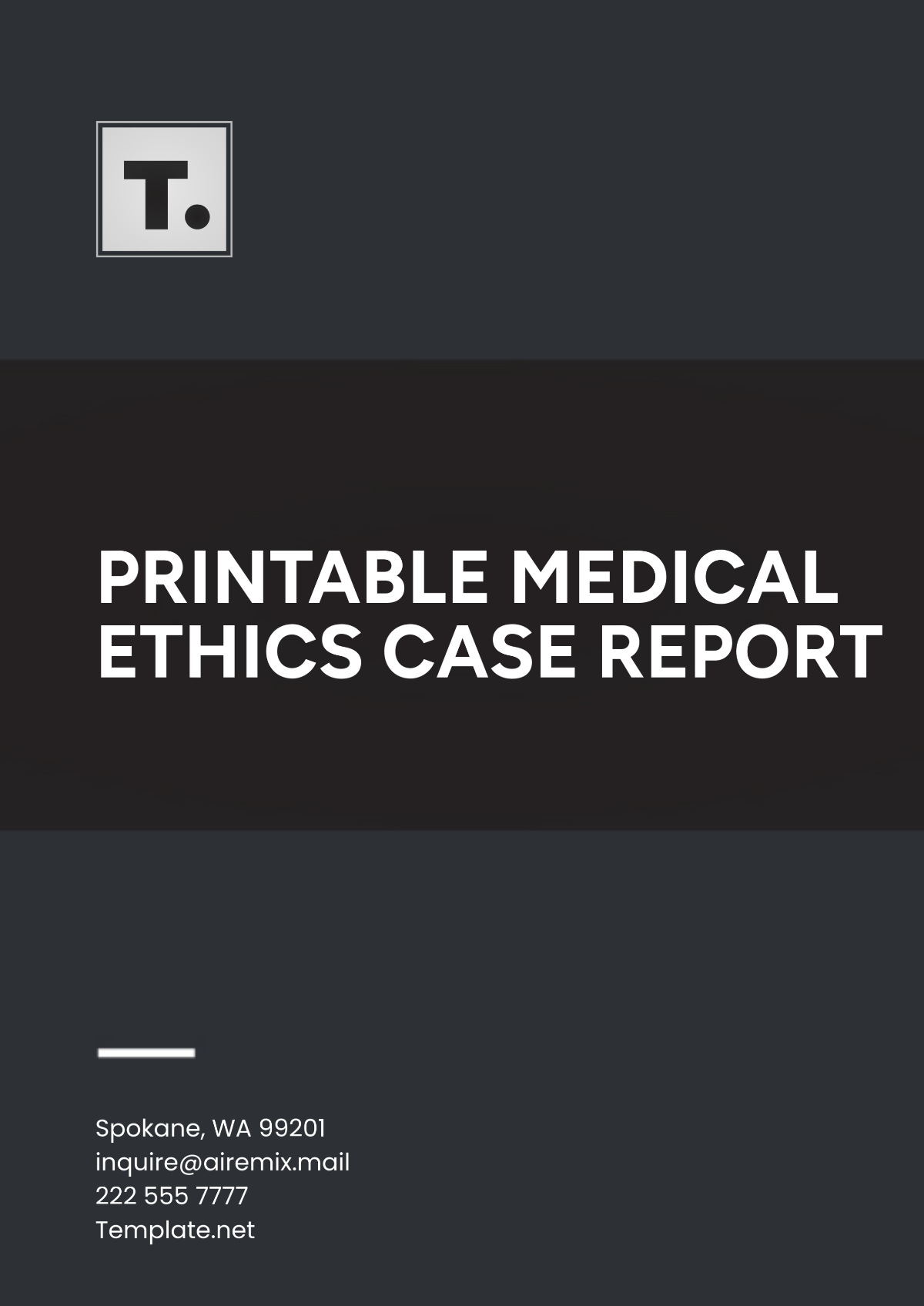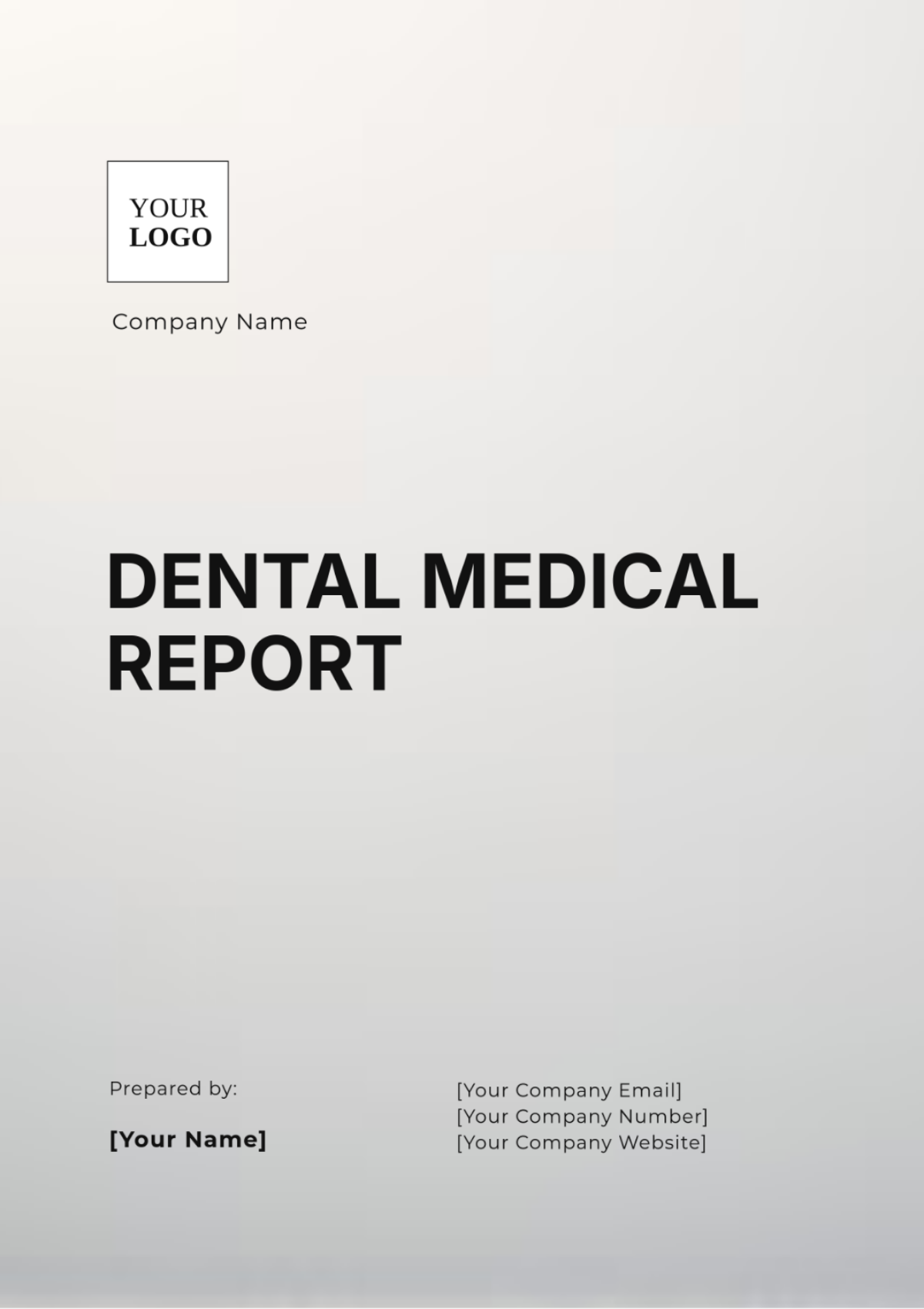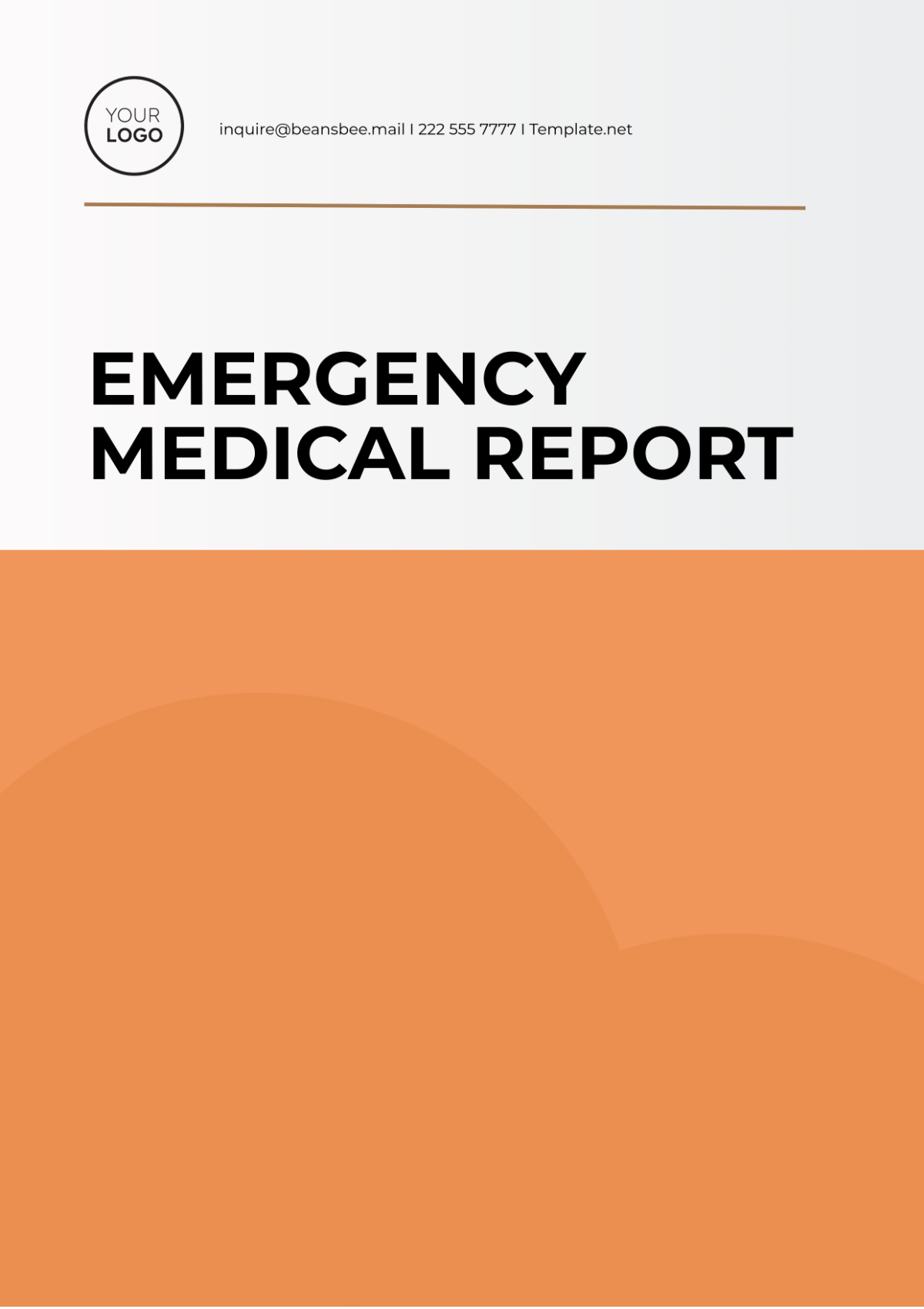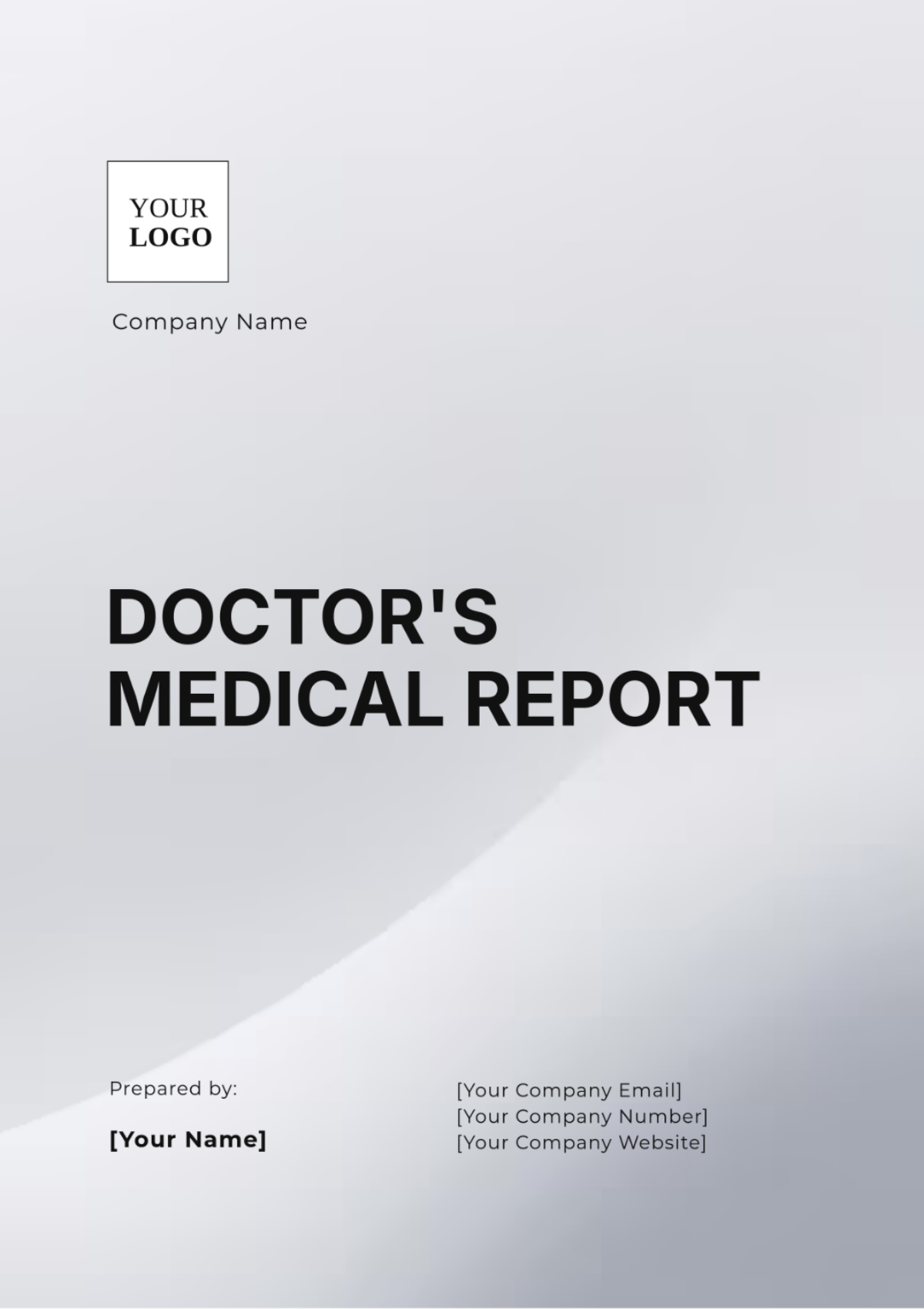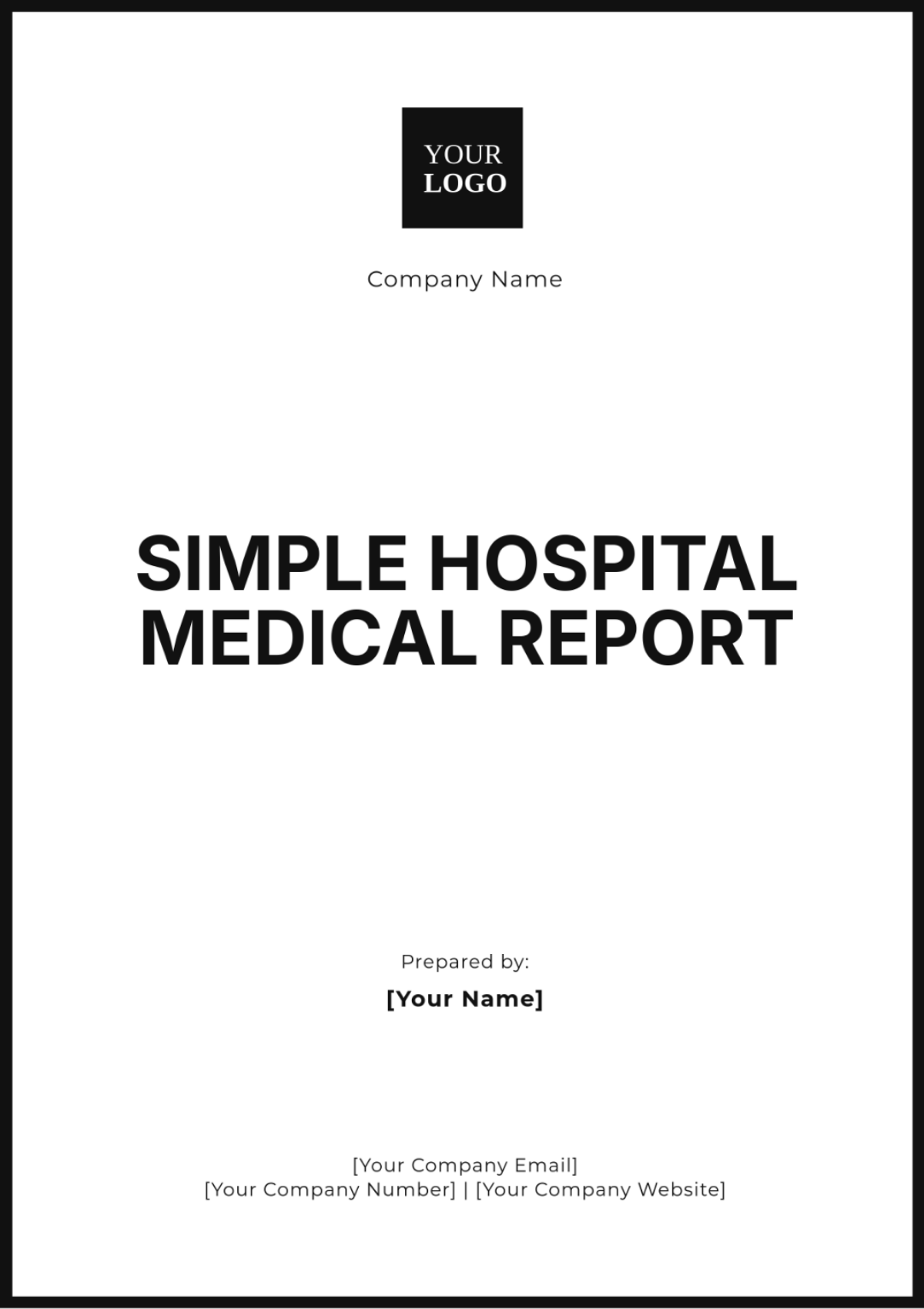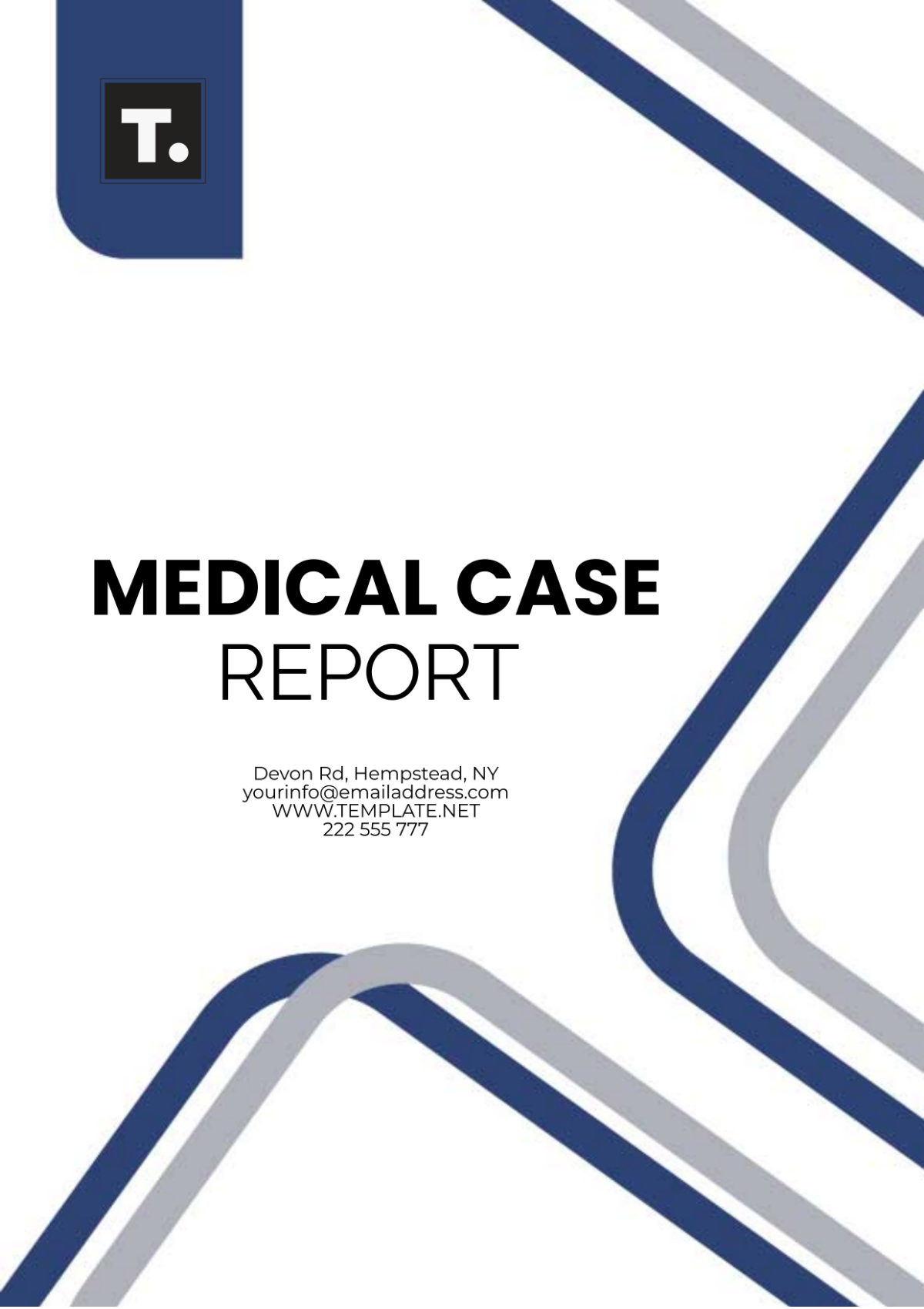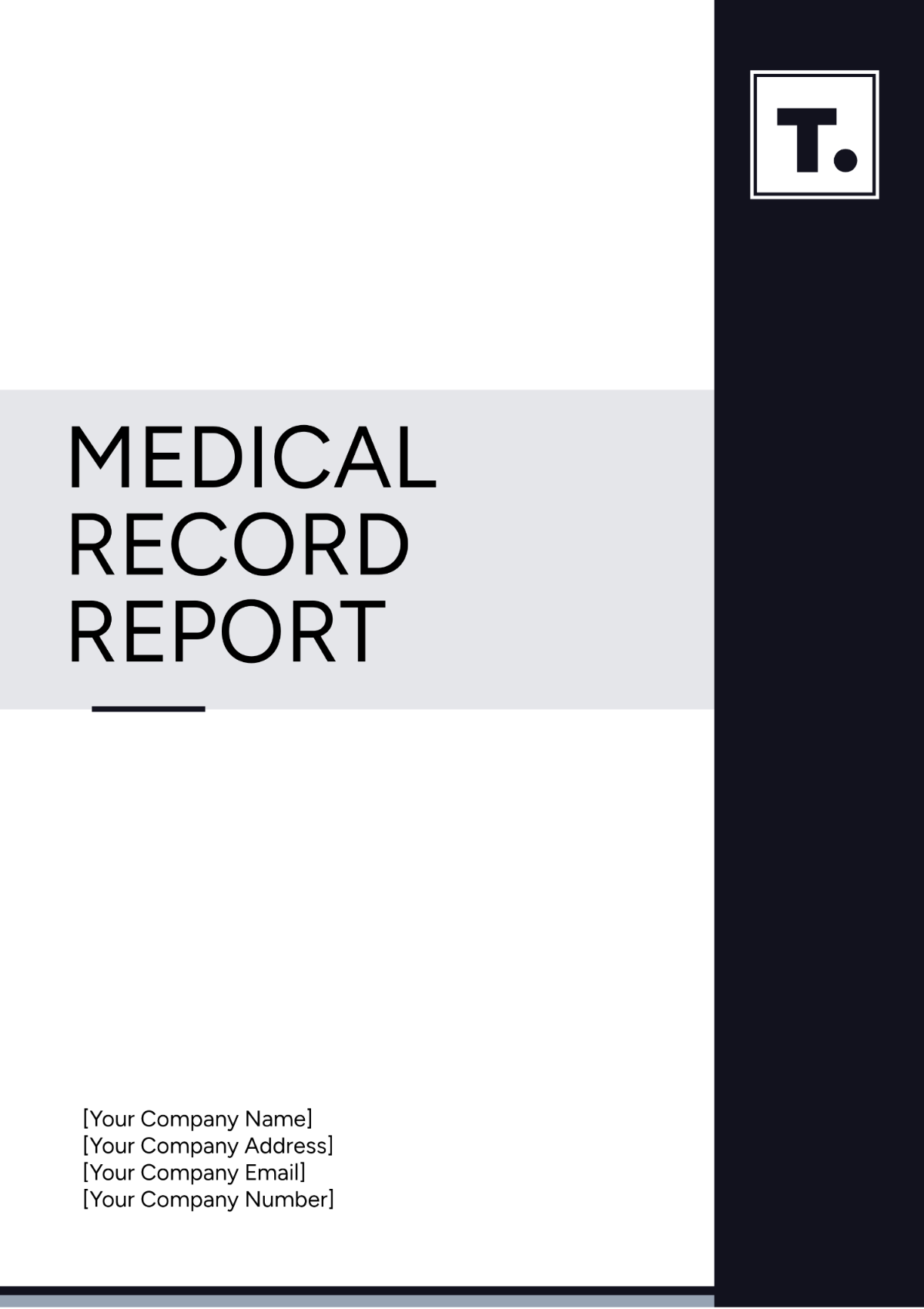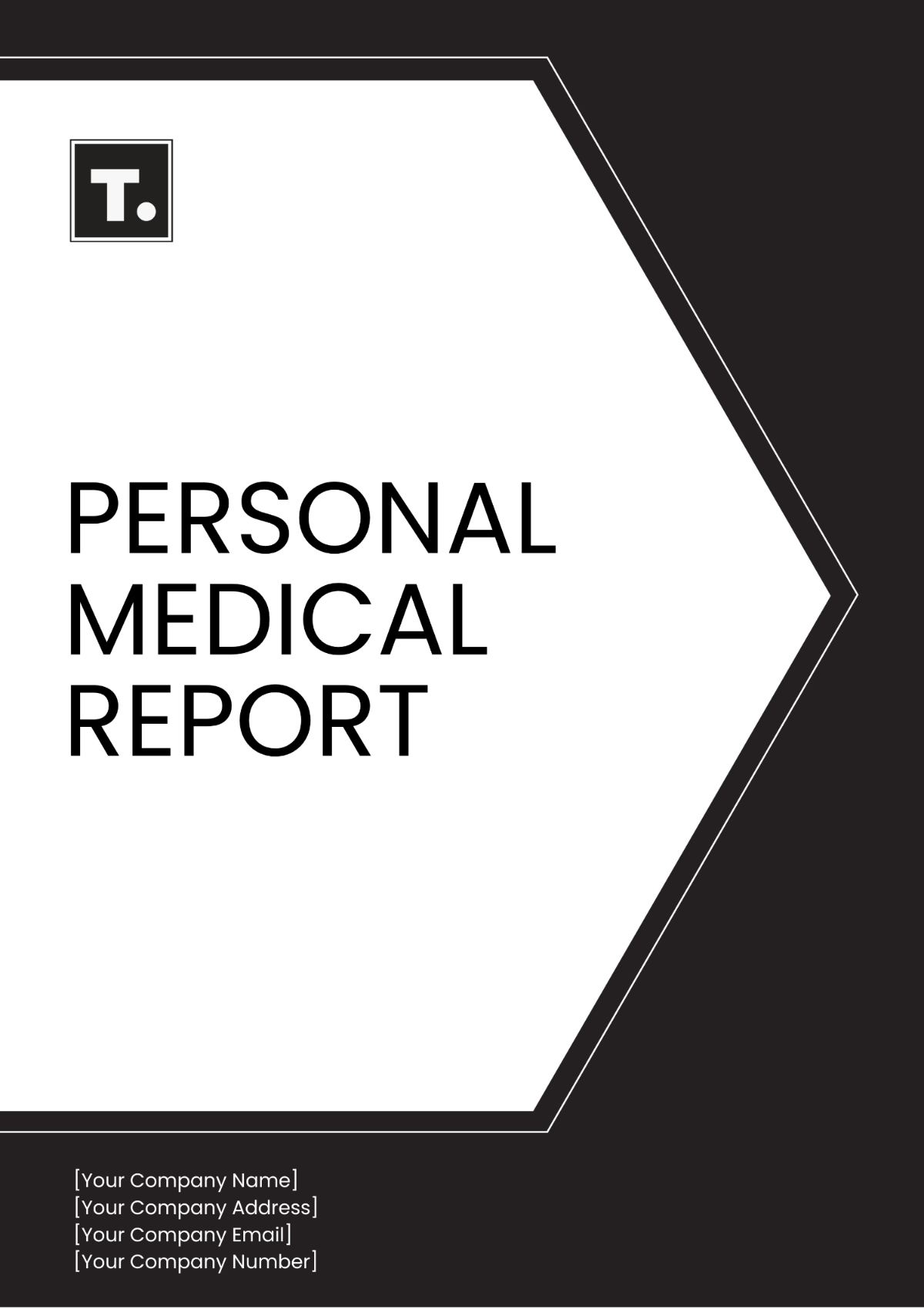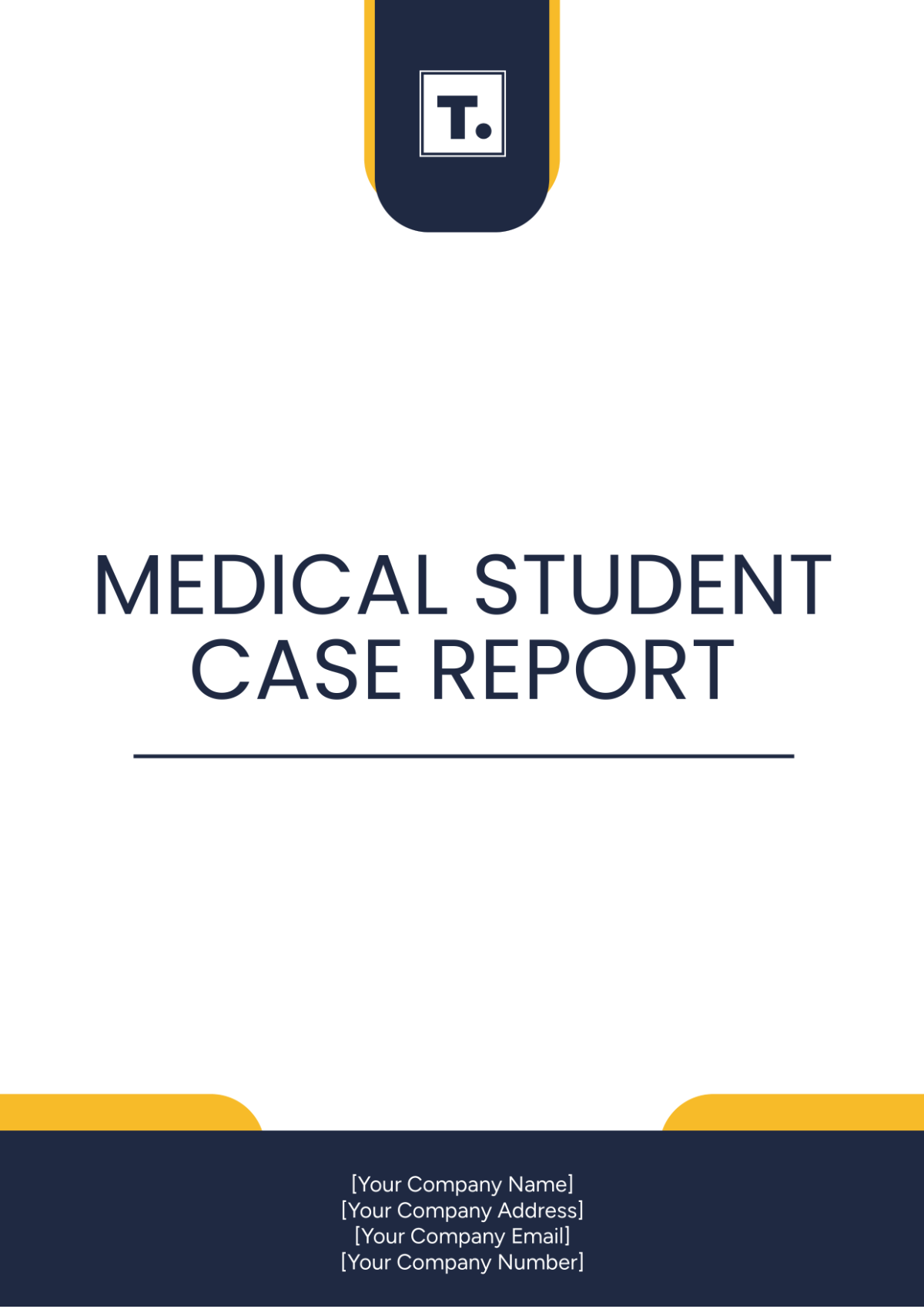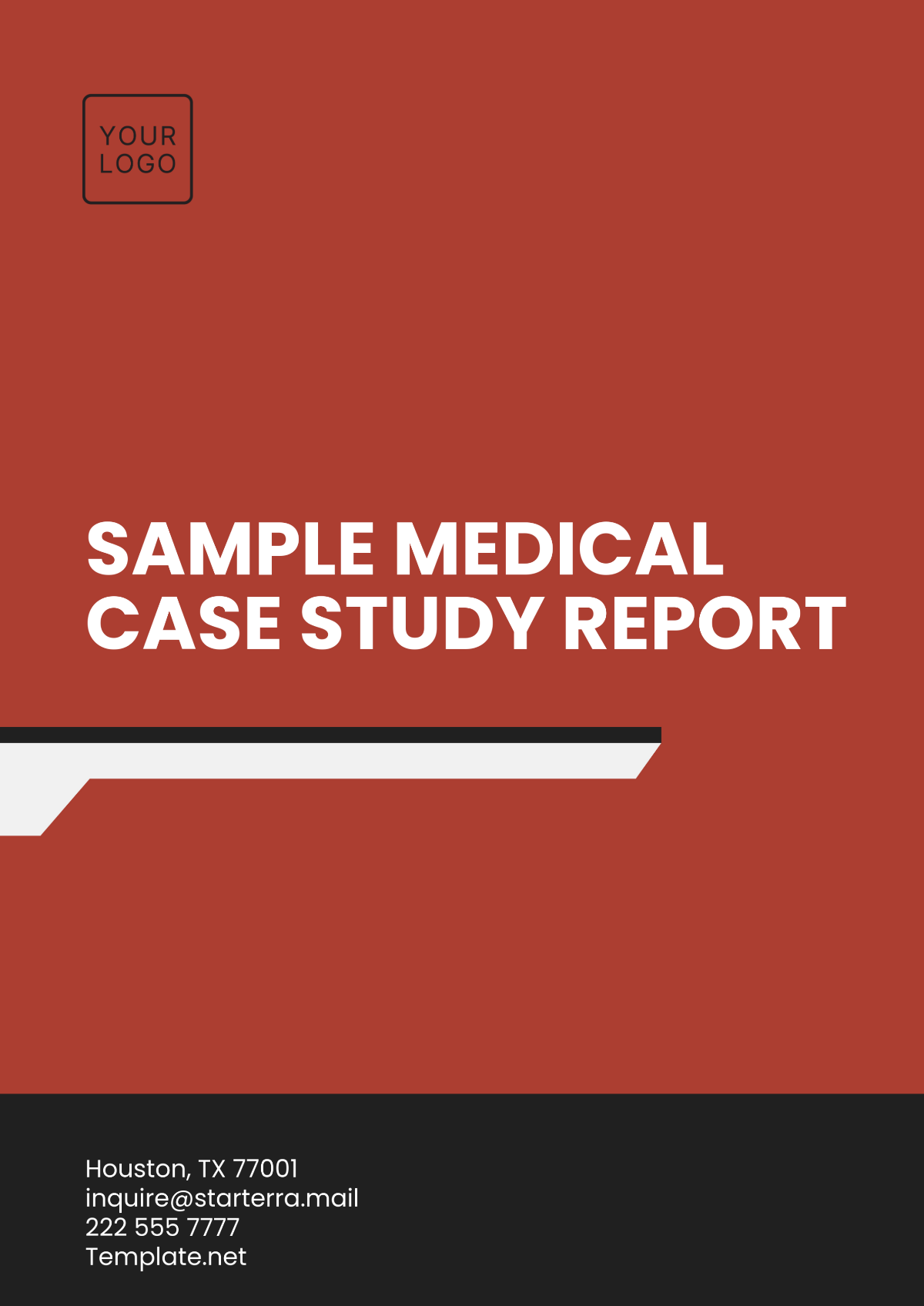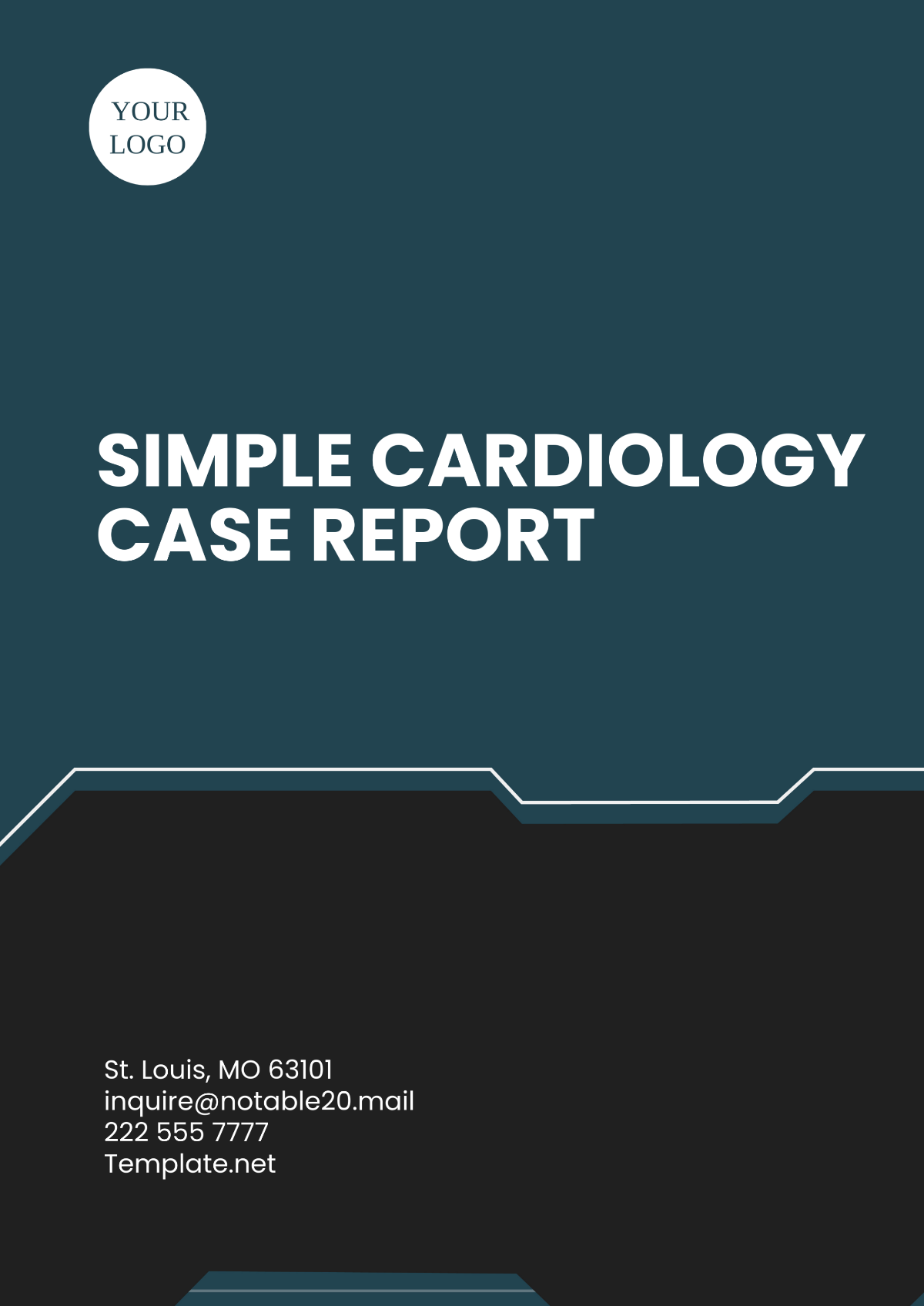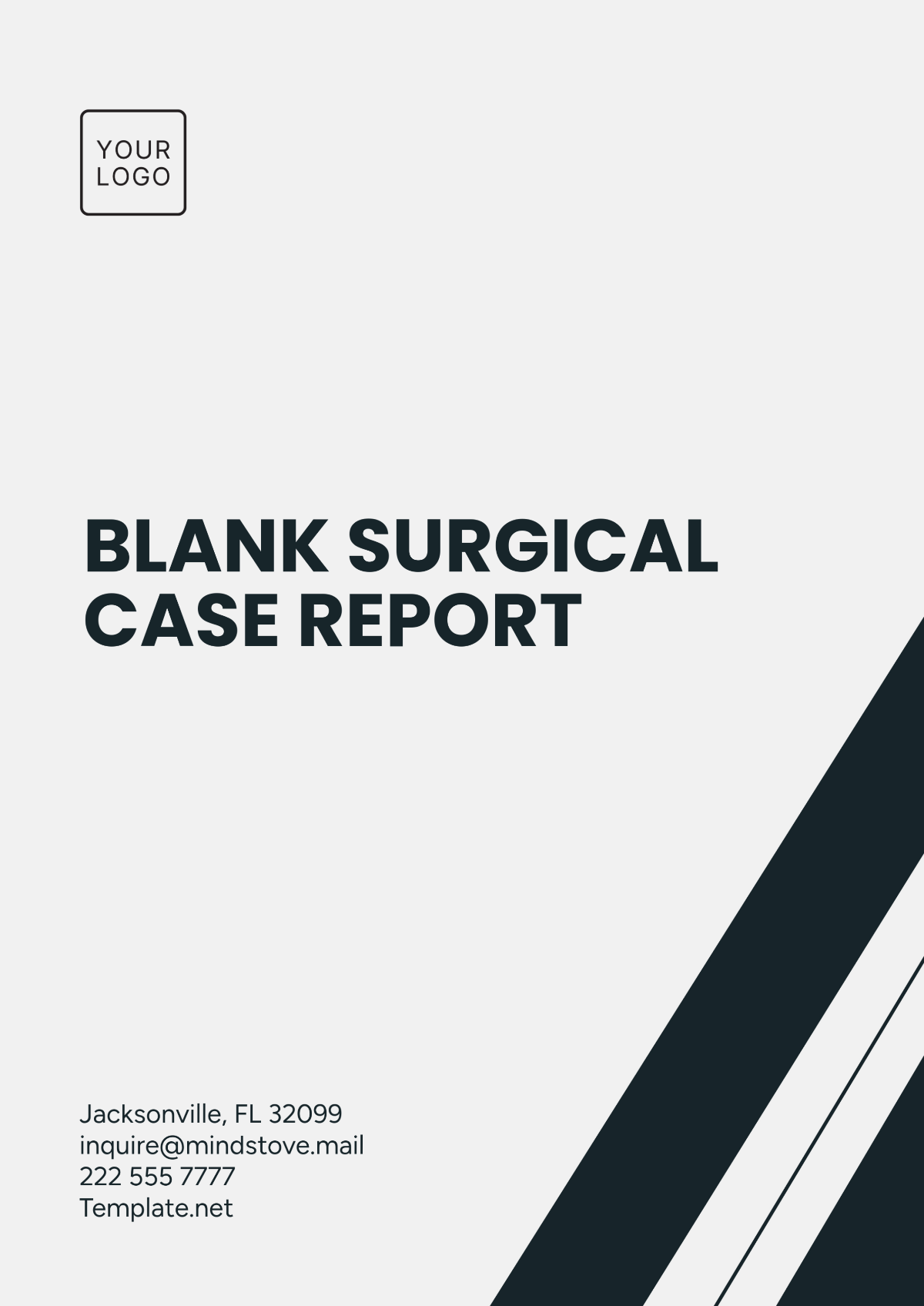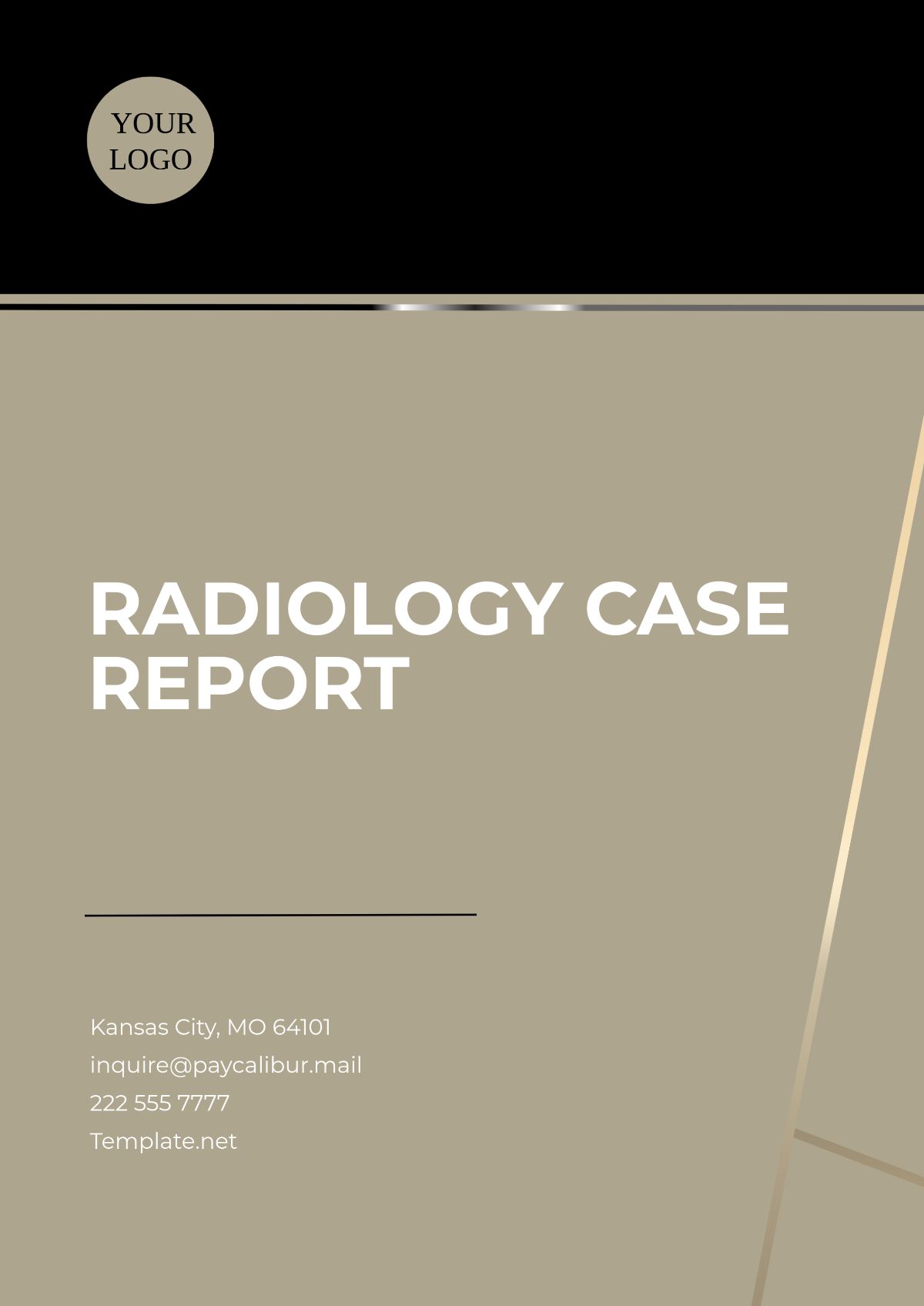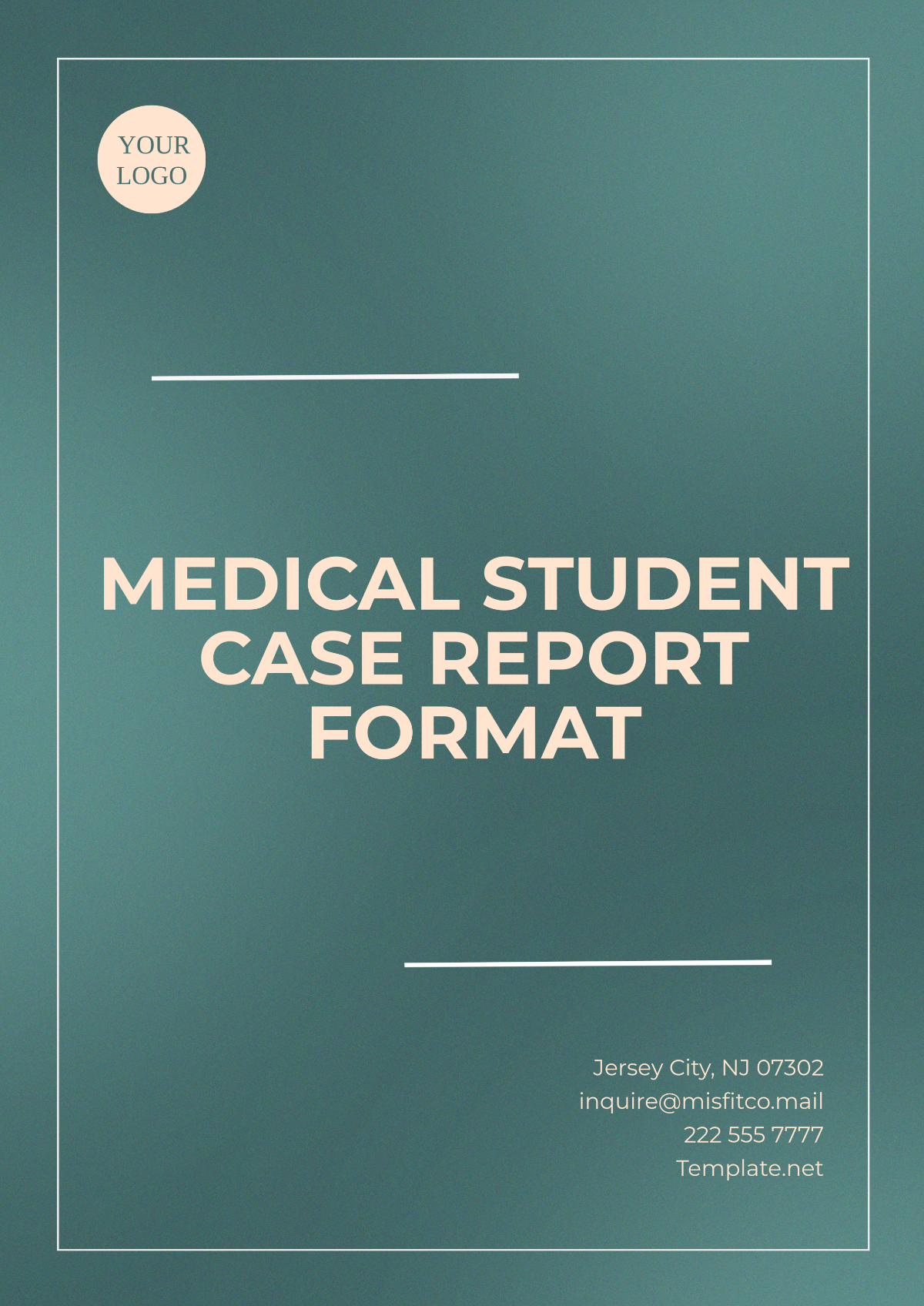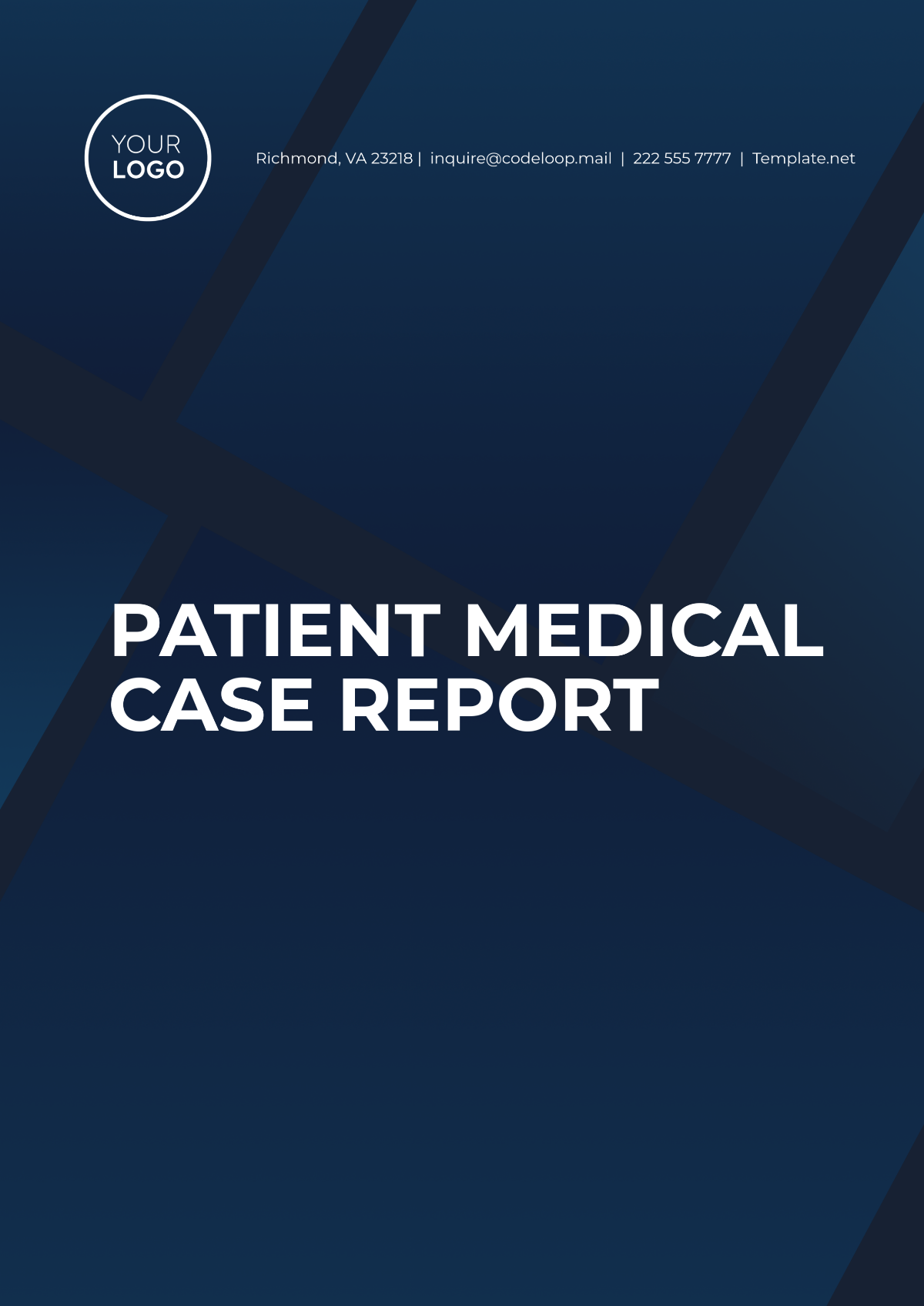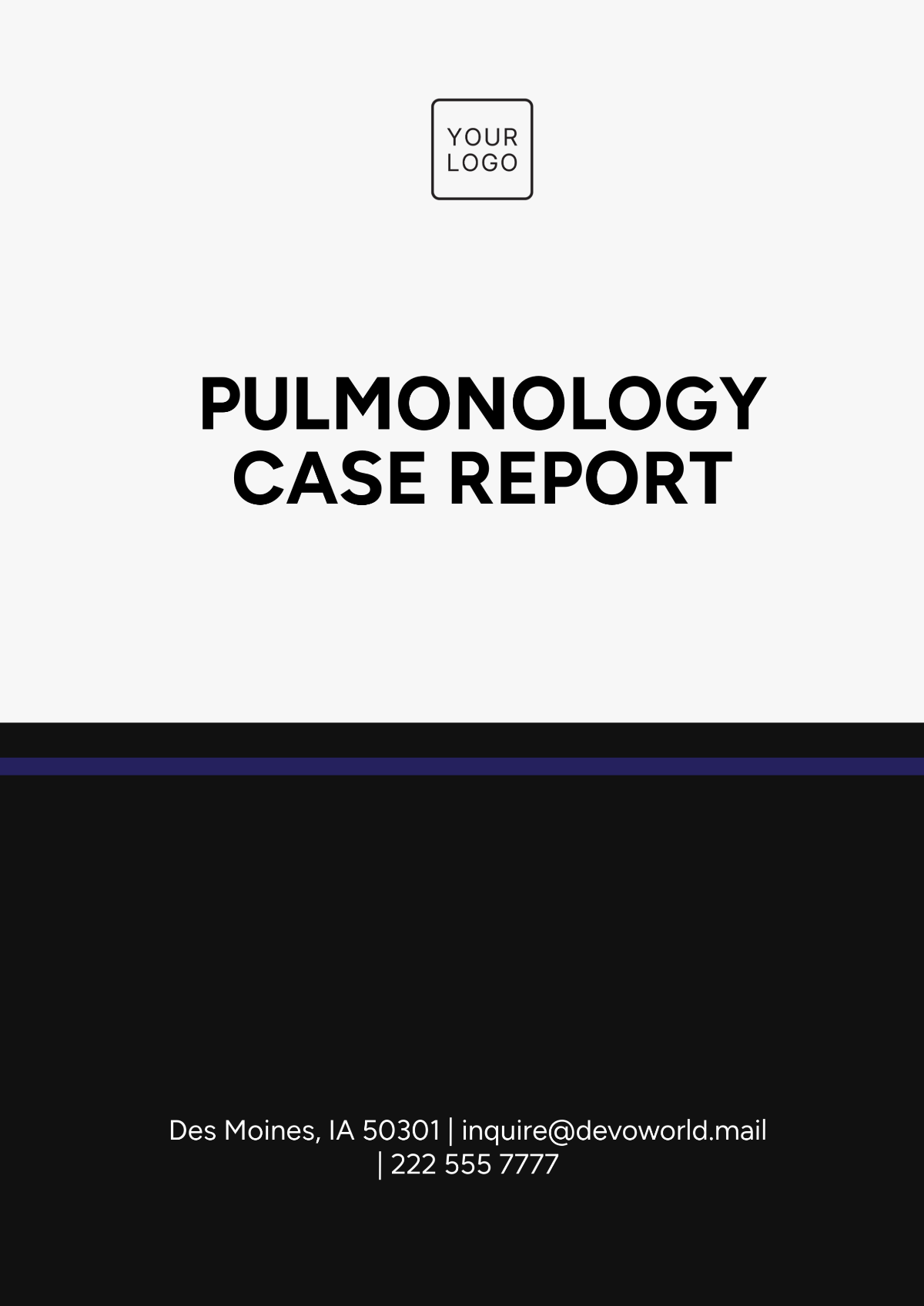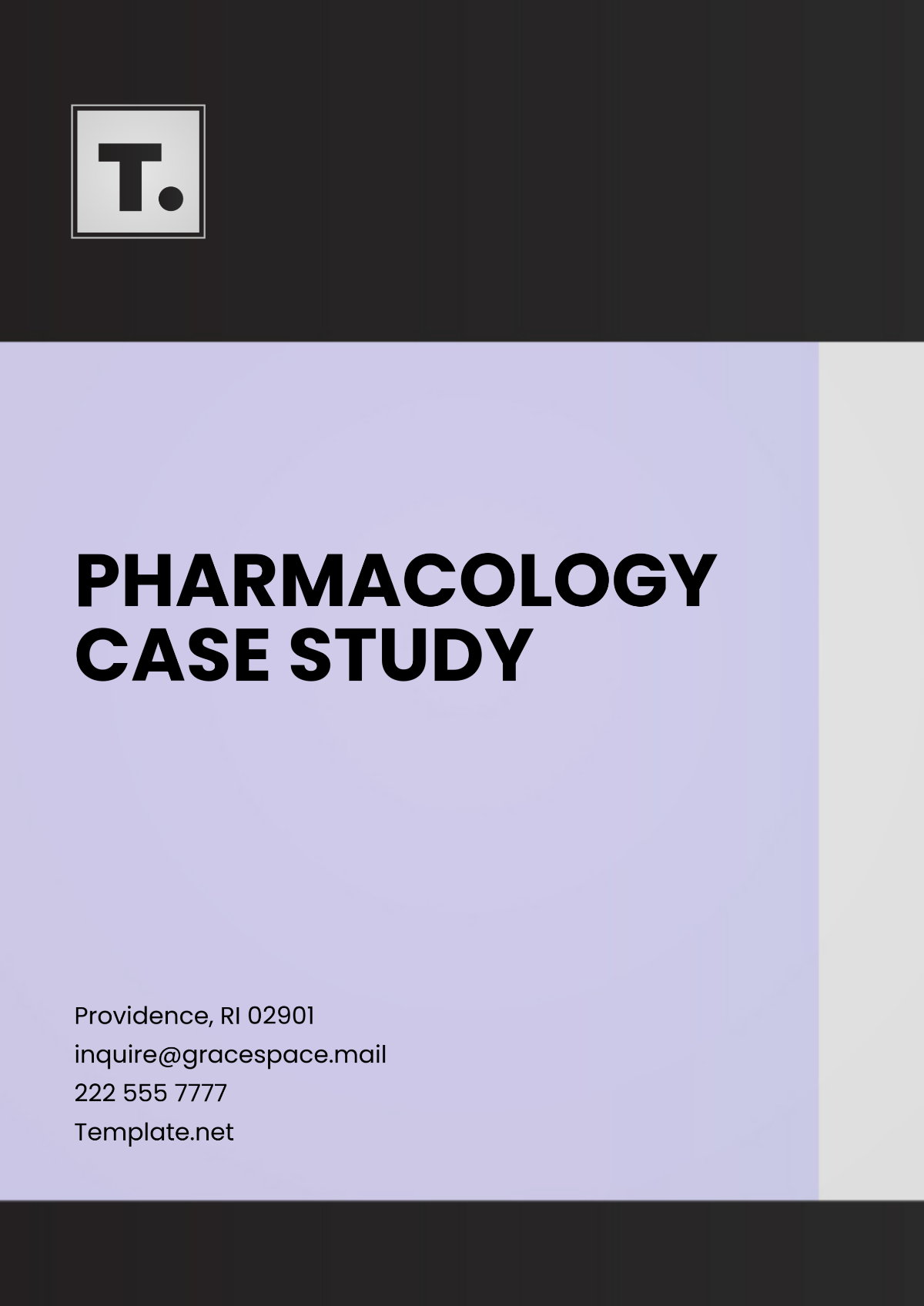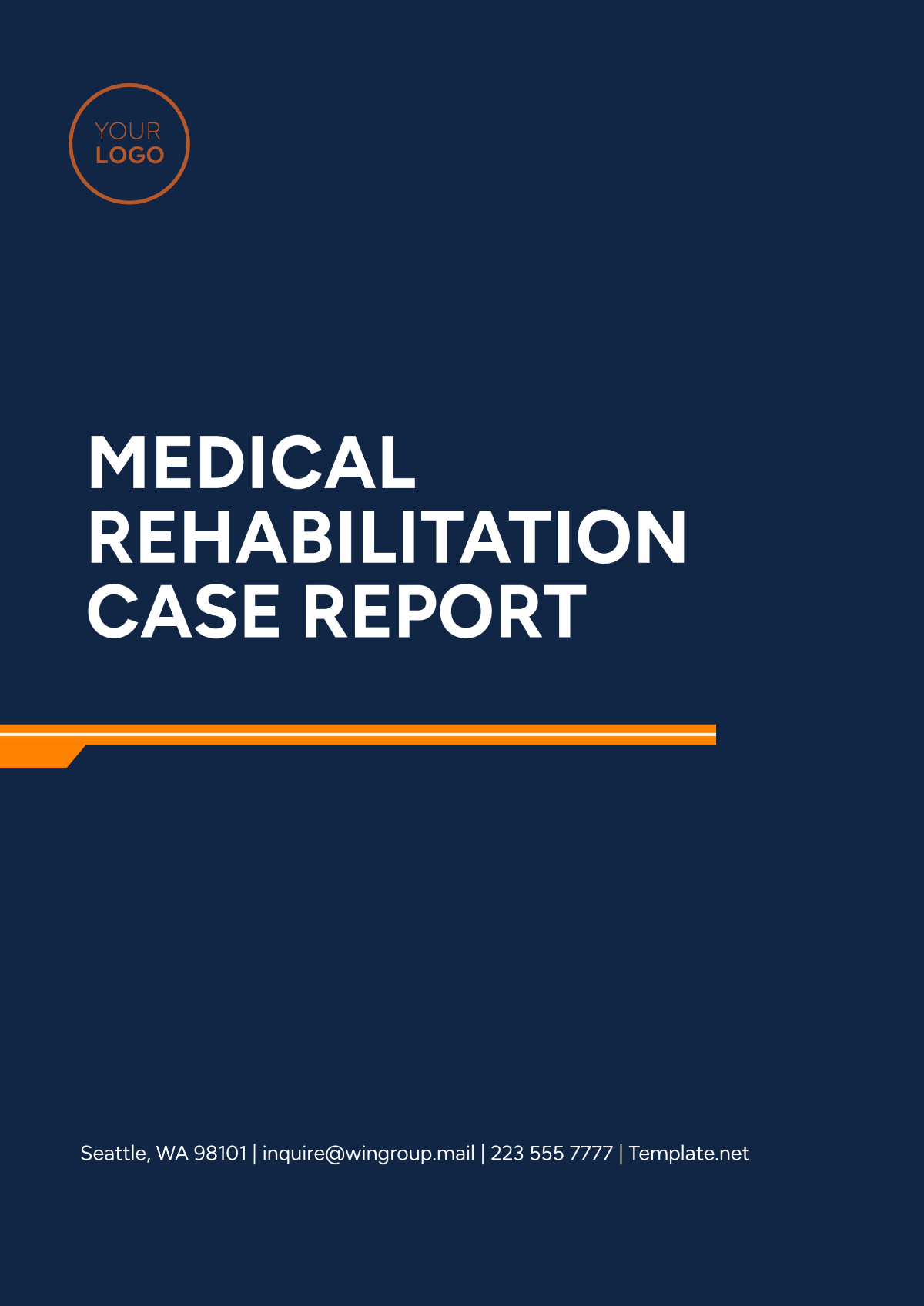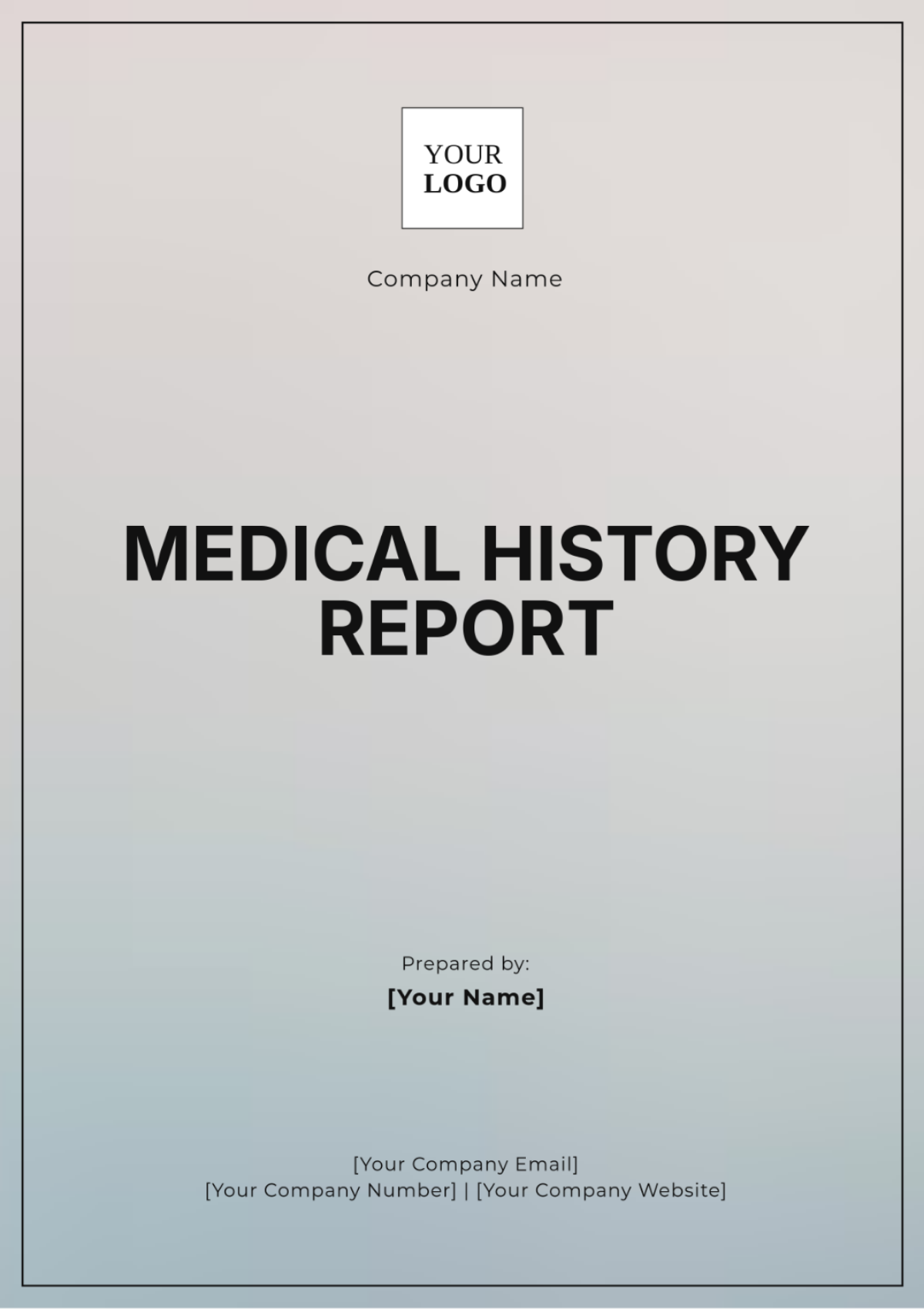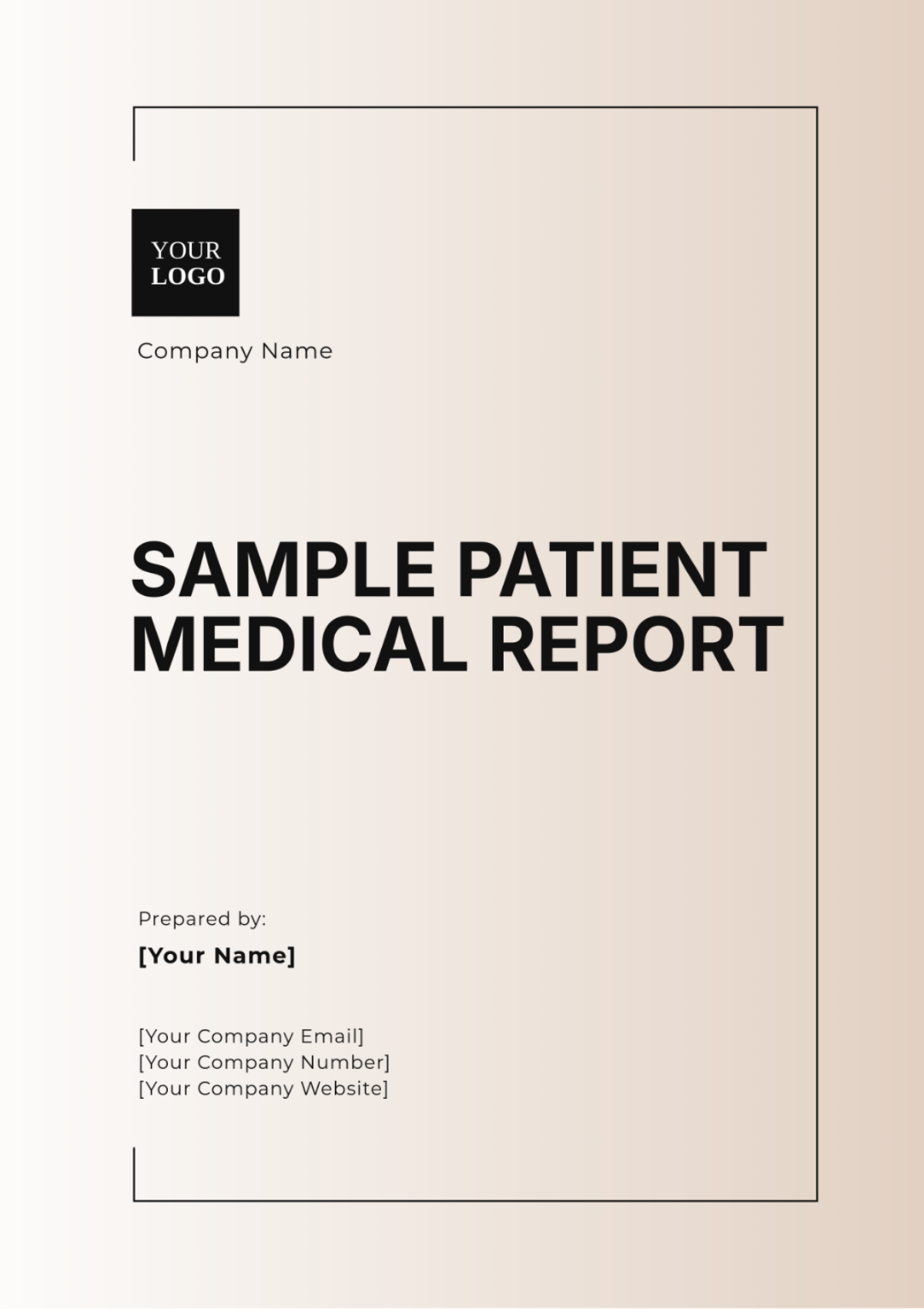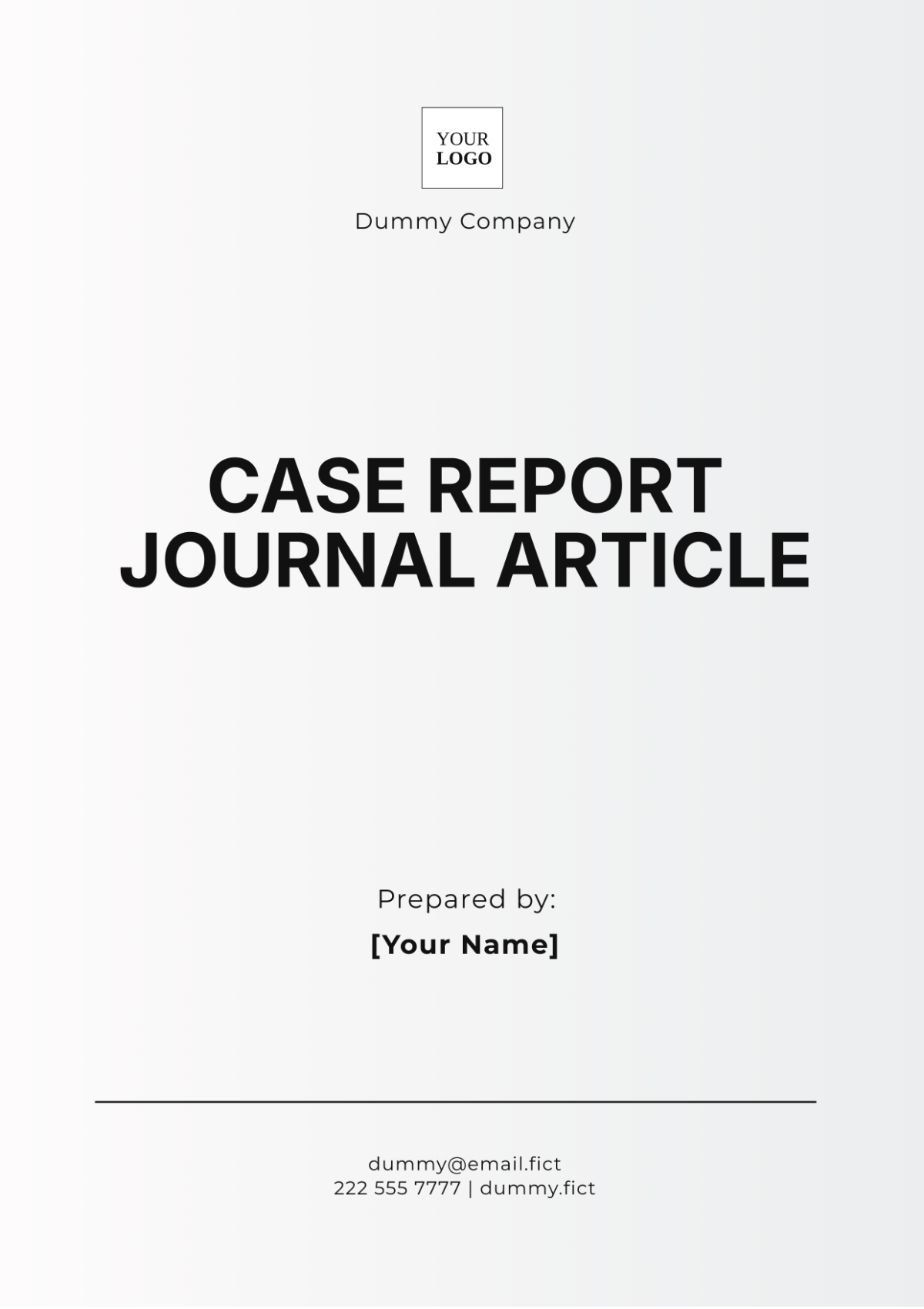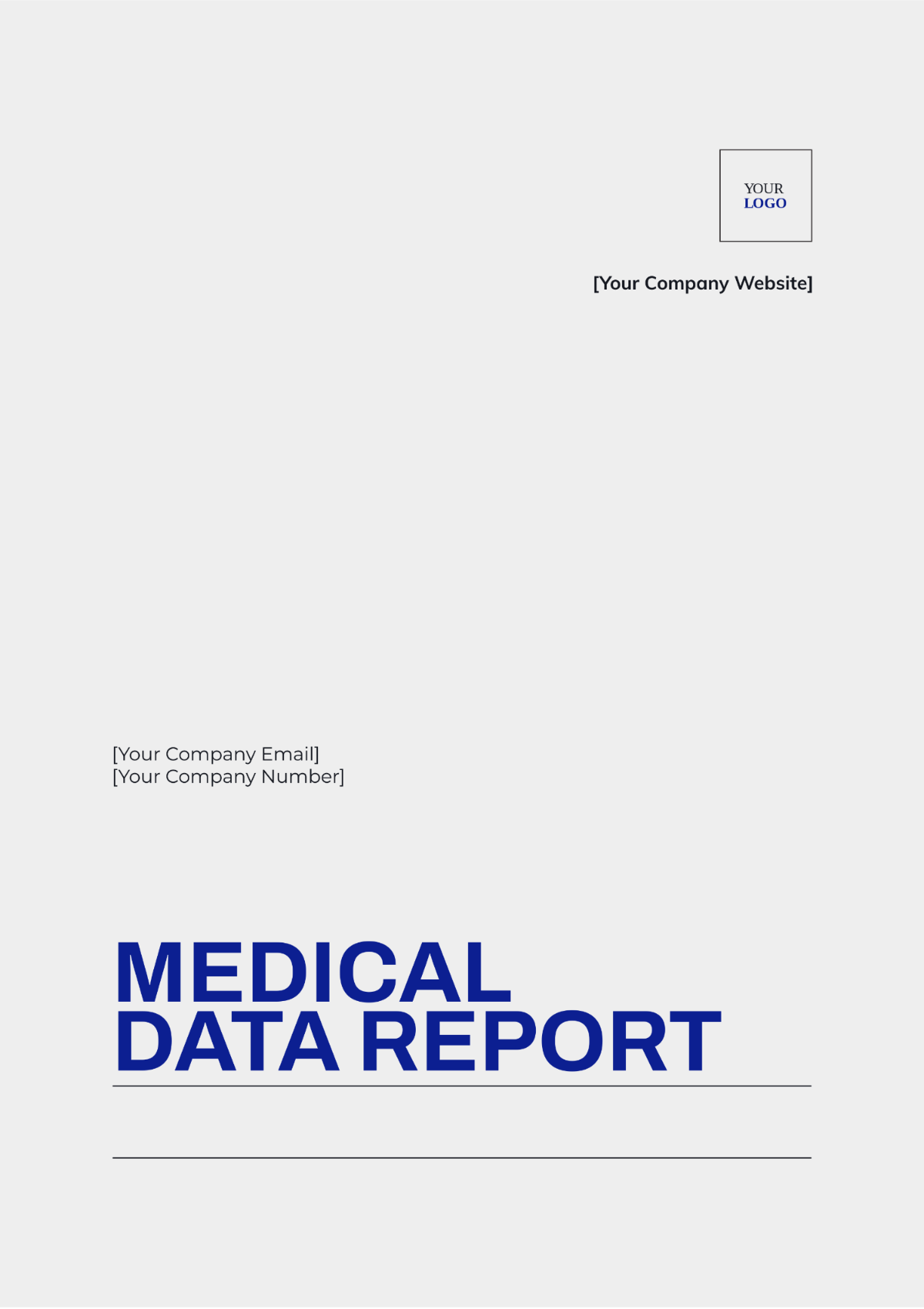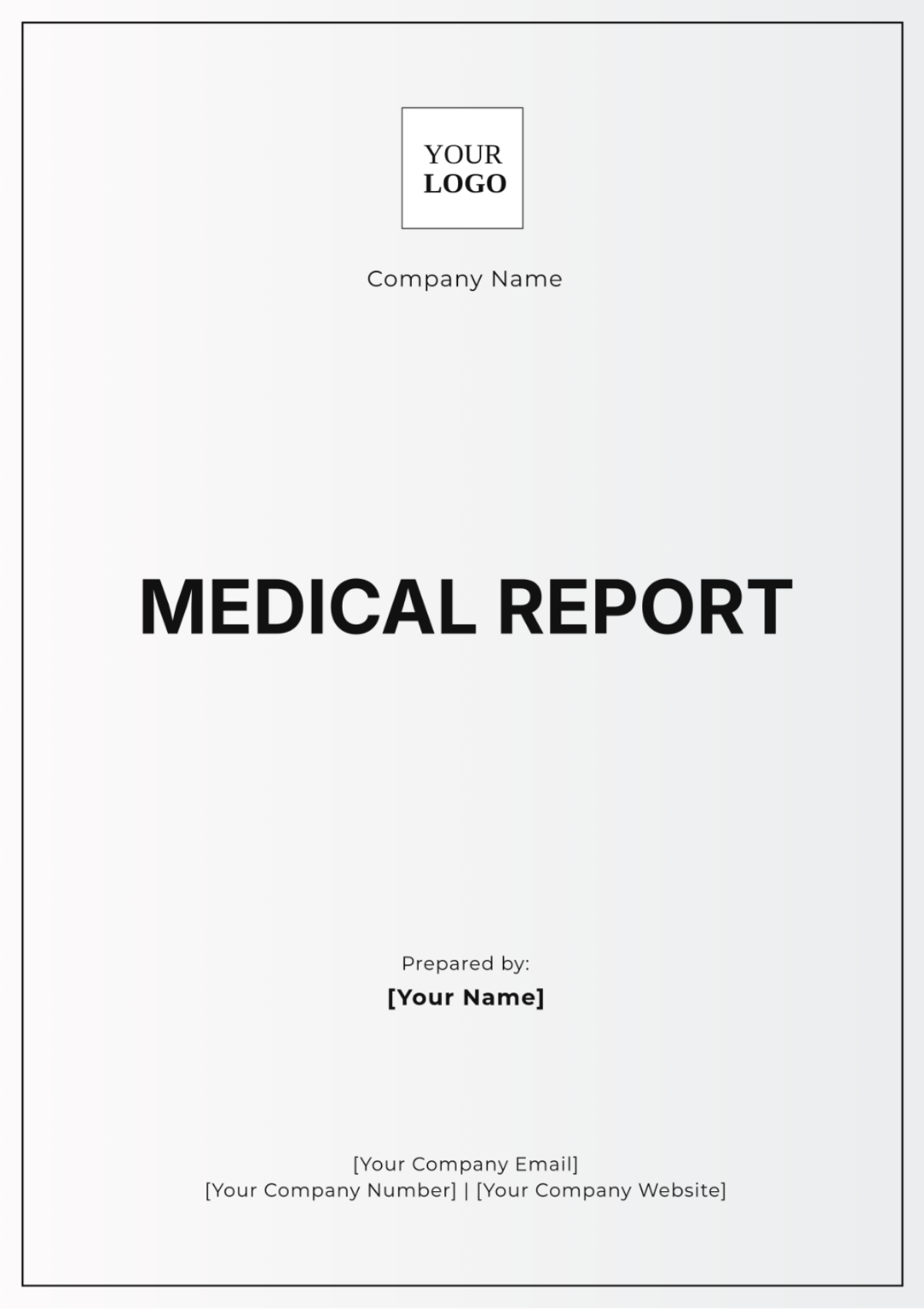Neurology Case Report
1. Introduction
Neurology case reports provide vital insights into unique or novel presentations, interventions, or outcomes in patients with neurological conditions. This template outlines essential components for a neurology case report, encouraging comprehensive documentation and sharing of clinical knowledge among healthcare professionals.
2. Patient Information
A. Demographics
Age: 56 years
Gender: Male
Ethnicity: Caucasian
Occupation: Software Engineer
B. Presenting Symptoms
The patient presented with intermittent, severe headaches localized to the right frontal region. These headaches were throbbing in nature and were accompanied by nausea and photophobia.
C. Medical History
History of hypertension: Managed with Lisinopril 10 mg daily.
Diabetes mellitus: No known history.
Previous history of migraines: Occurred in the early 30s.
Family history: No known familial history of neurological disorders.
3. Clinical Examination
A. General Examination
The patient appeared well-nourished and alert. Vital signs were stable, with no signs of acute distress.
B.Neurological Examination
Examination | Findings |
|---|---|
Consciousness | Fully alert and oriented to person, place, and time. |
Cranial Nerves | Intact; no deficits observed. |
Motor System | Normal muscle tone and strength bilaterally. |
Sensory System | Normal sensation to touch, pain, and vibration. |
Reflexes | Normal deep tendon reflexes; plantar response down-going bilaterally. |
4. Diagnostic Workup
A. Laboratory Tests
Complete blood count: Within normal limits.
Electrolyte panel: Within normal limits.
Thyroid function tests: Normal.
Lipid profile: Elevated LDL cholesterol.
B. Imaging Studies
MRI Brain: Revealed a small, non-enhancing lesion in the right frontal lobe, suggestive of a low-grade glioma. There was no evidence of significant mass effect or midline shift.
C. Electrophysiology
EEG: No epileptiform discharges or abnormal slowing observed on the electroencephalogram.
D. Differential Diagnosis
Cluster headache
Primary brain tumor (possible low-grade glioma)
Atypical migraine
Vascular malformation
5. Treatment Plan
A. Immediate Management
The patient received intravenous analgesics and antiemetics for acute headache relief.
B. Long-term Management
Prophylactic treatment: Topiramate 25 mg daily, titrated as needed based on response.
Follow-up neuroimaging: Scheduled every 6 months to monitor the lesion.
Lifestyle modifications: Emphasis on stress management and dietary adjustments.
6. Follow-up and Outcomes
At the 3-month follow-up in 2080, the patient reported a significant reduction in headache frequency and an improved quality of life. Subsequent imaging showed no progression of the frontal lobe lesion.
7. Conclusion
Early identification and multidisciplinary management facilitated an improved outcome for this patient. This case emphasizes the value of ongoing monitoring and individualized care strategies for patients presenting with atypical neurological manifestations.
References
Smith J, et al. "Guidelines for the Management of Headaches." Neurology Journal, 2079.
Doe A, et al. "MRI Findings in Brain Tumors." Radiology Clinics, 2078.
Johnson P, et al. "Advances in Low-Grade Glioma Treatment." Journal of Neuro-Oncology, 2077.

